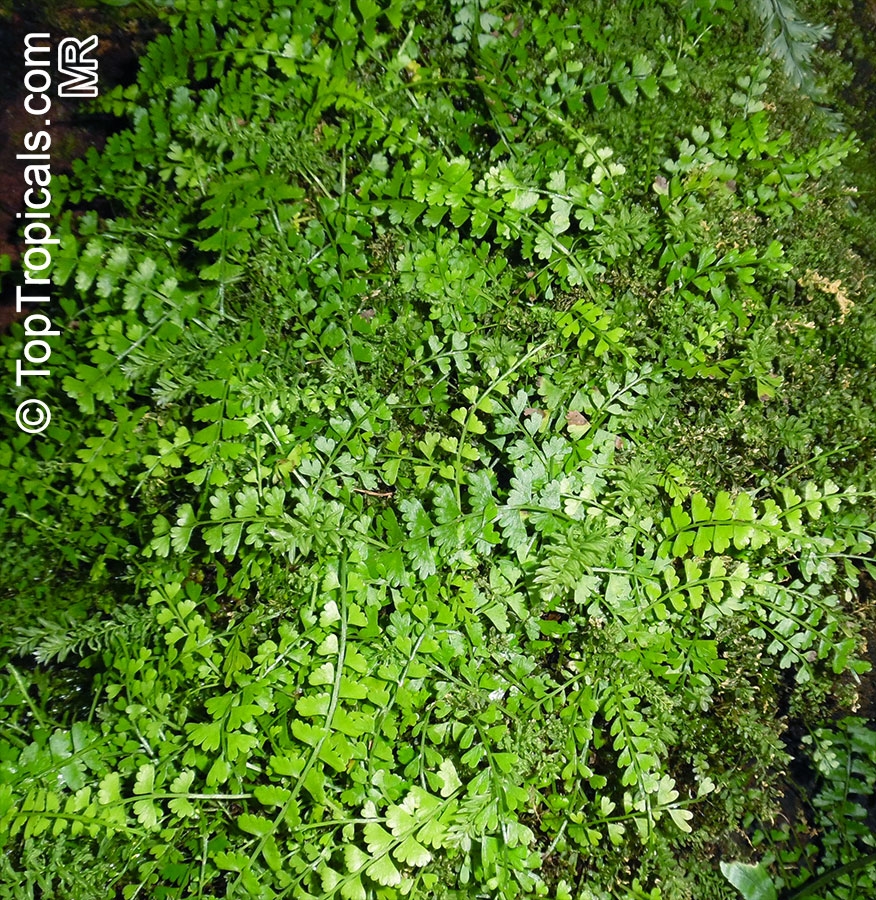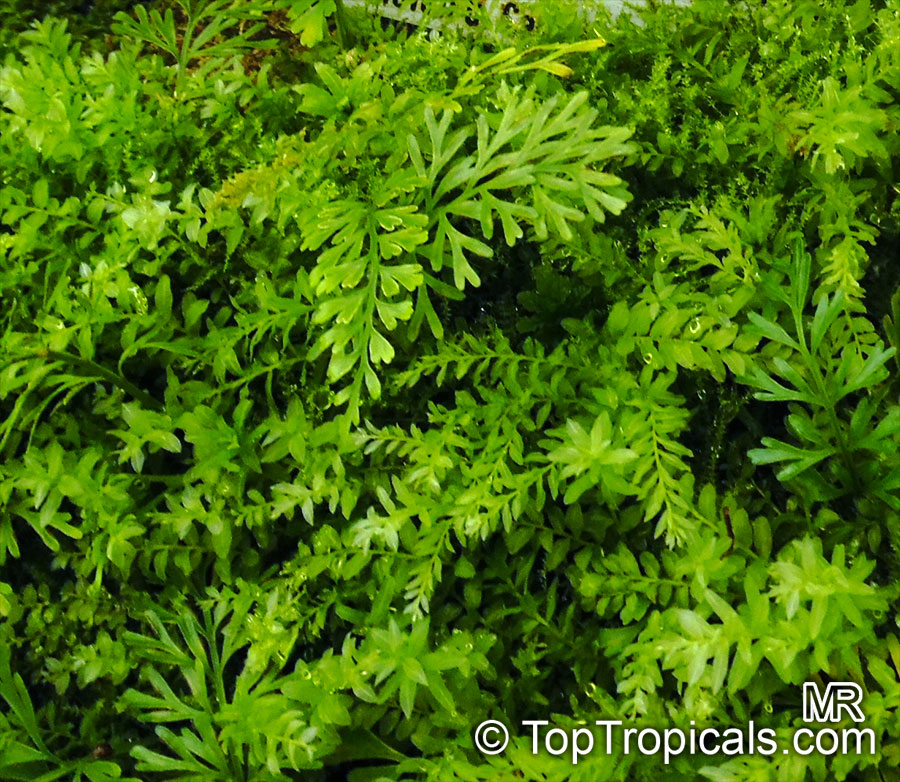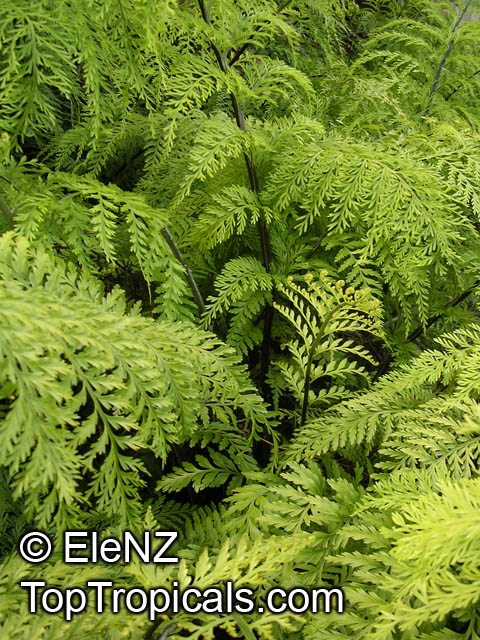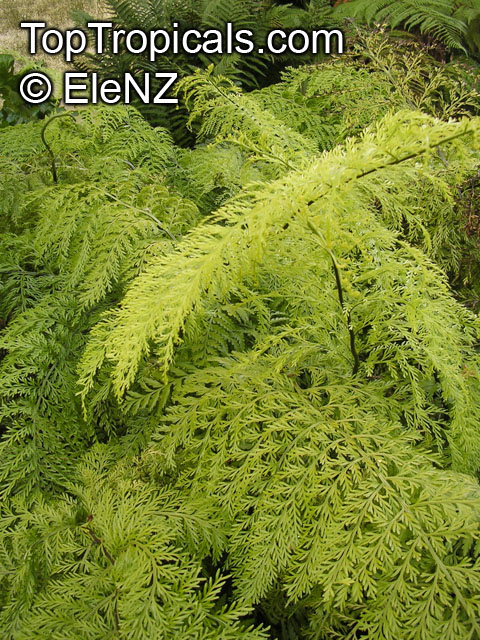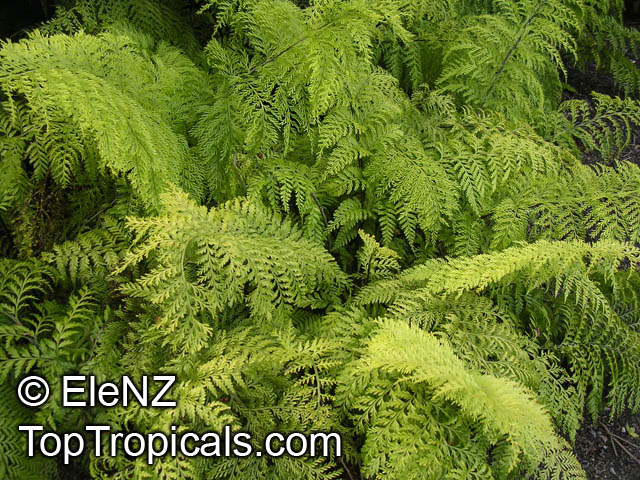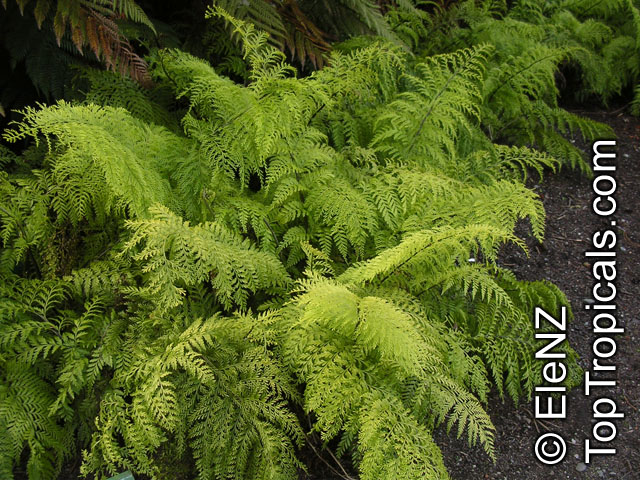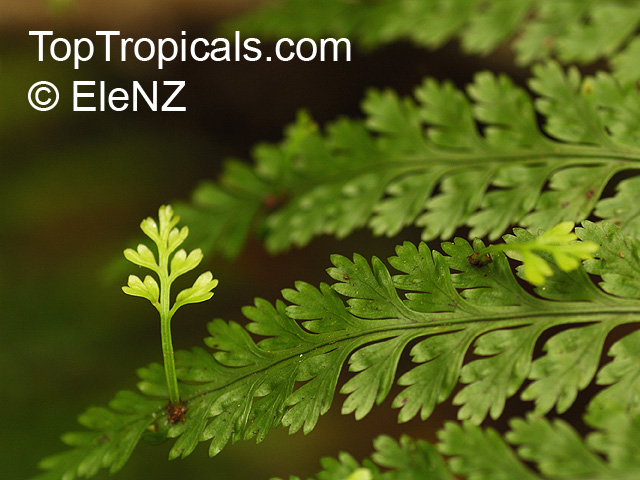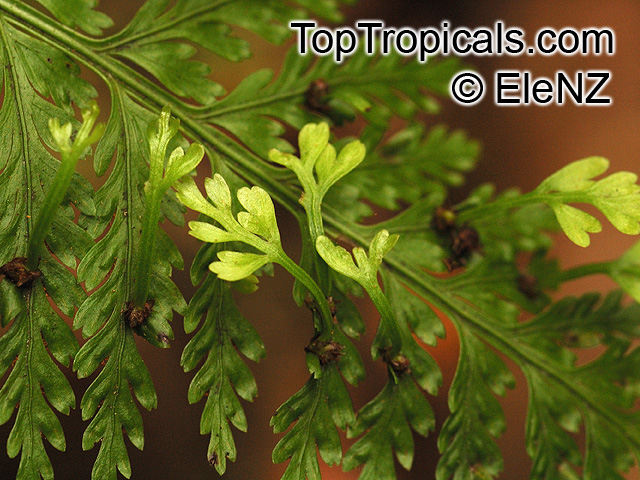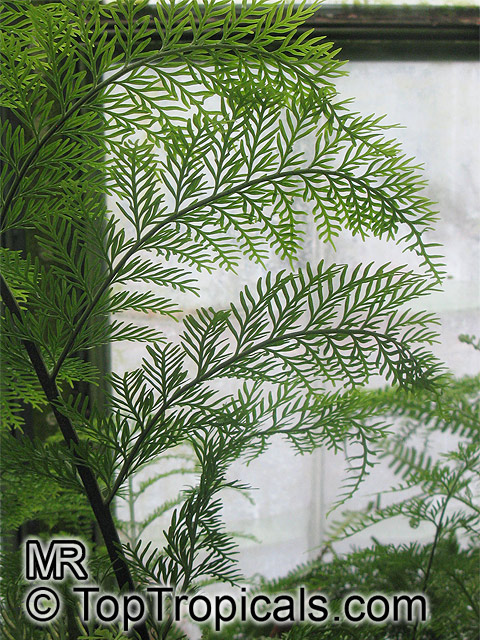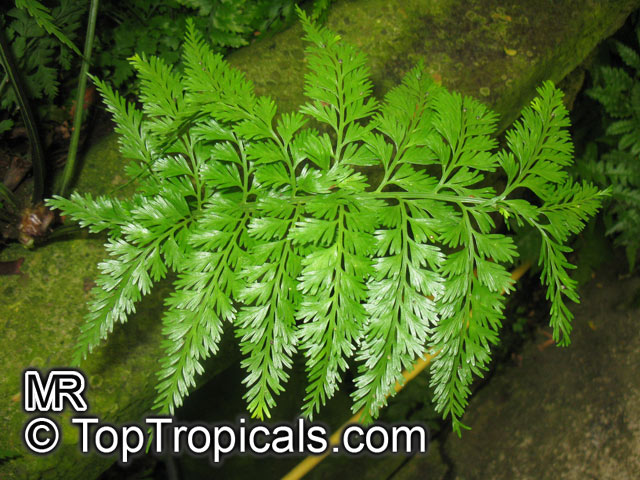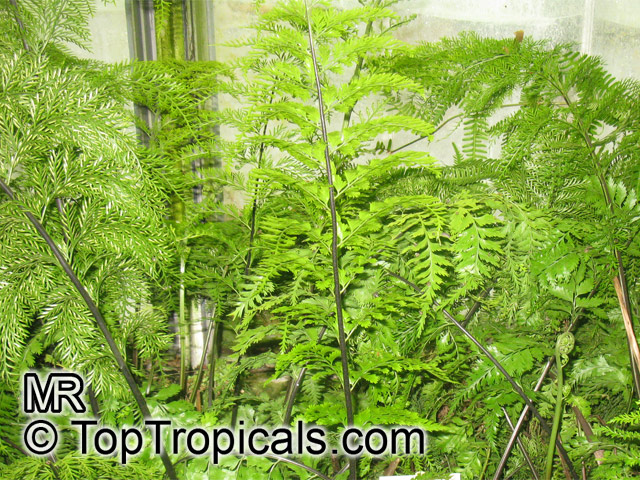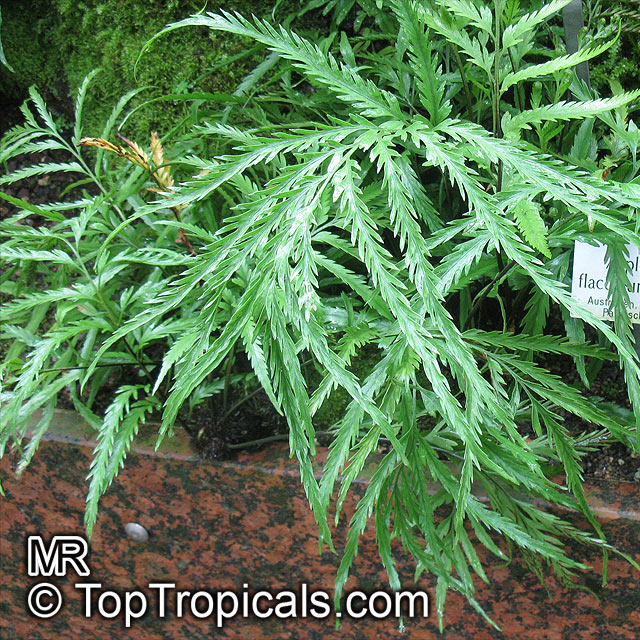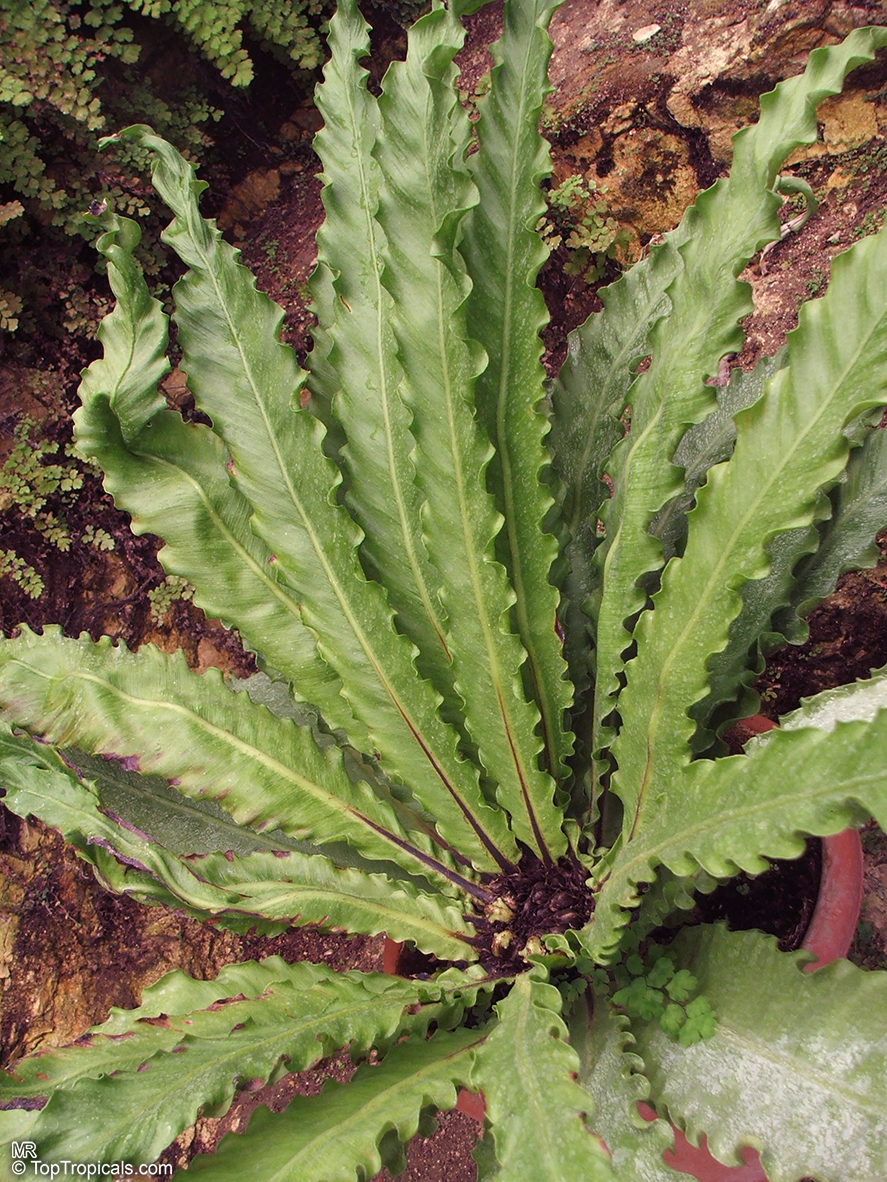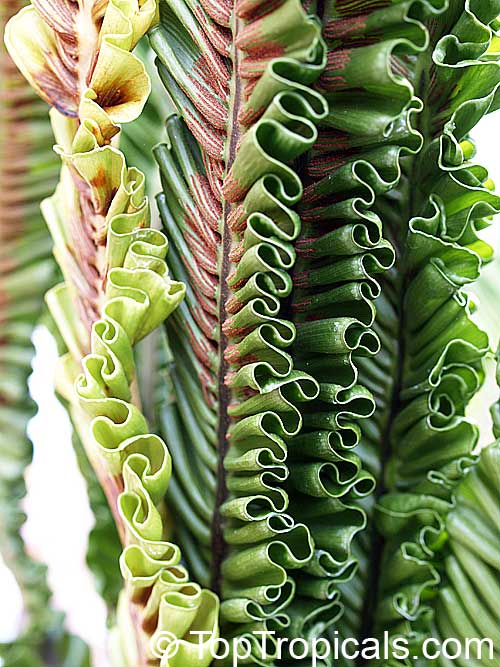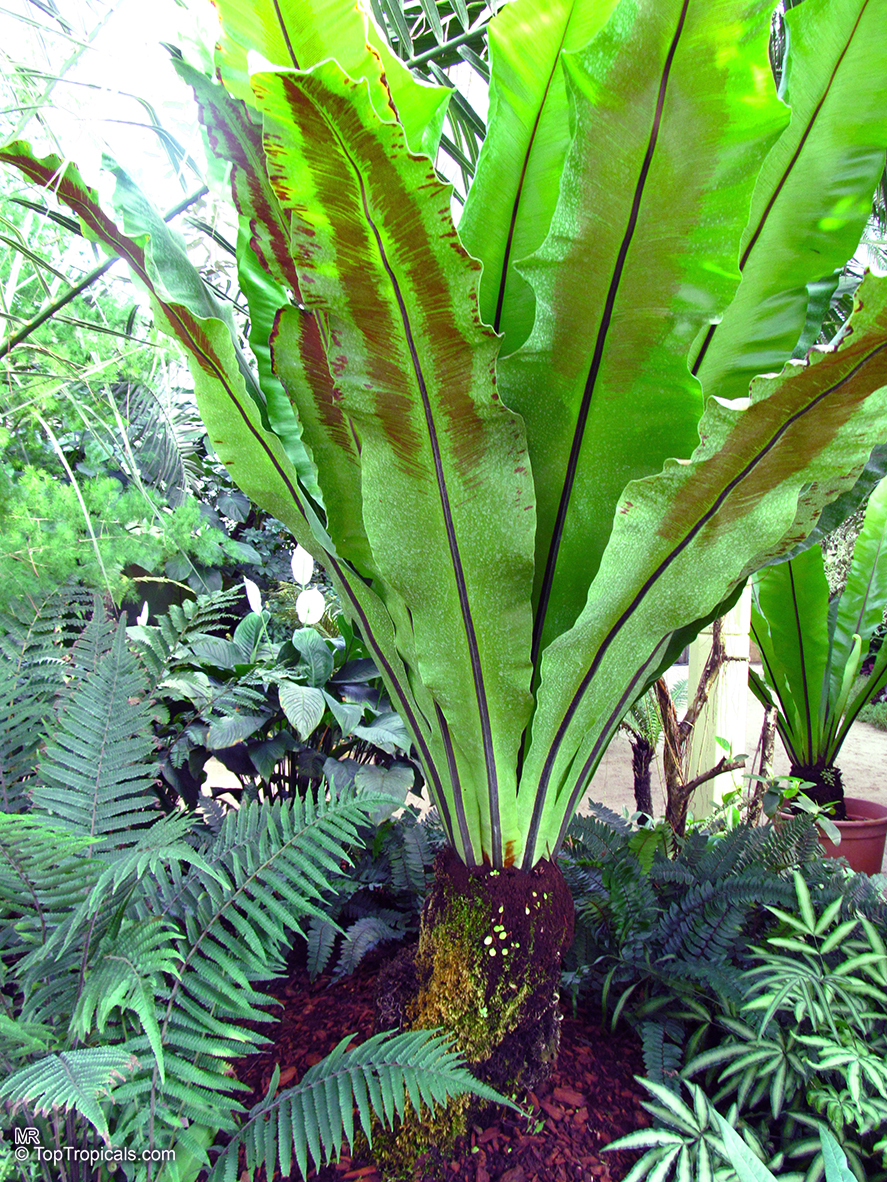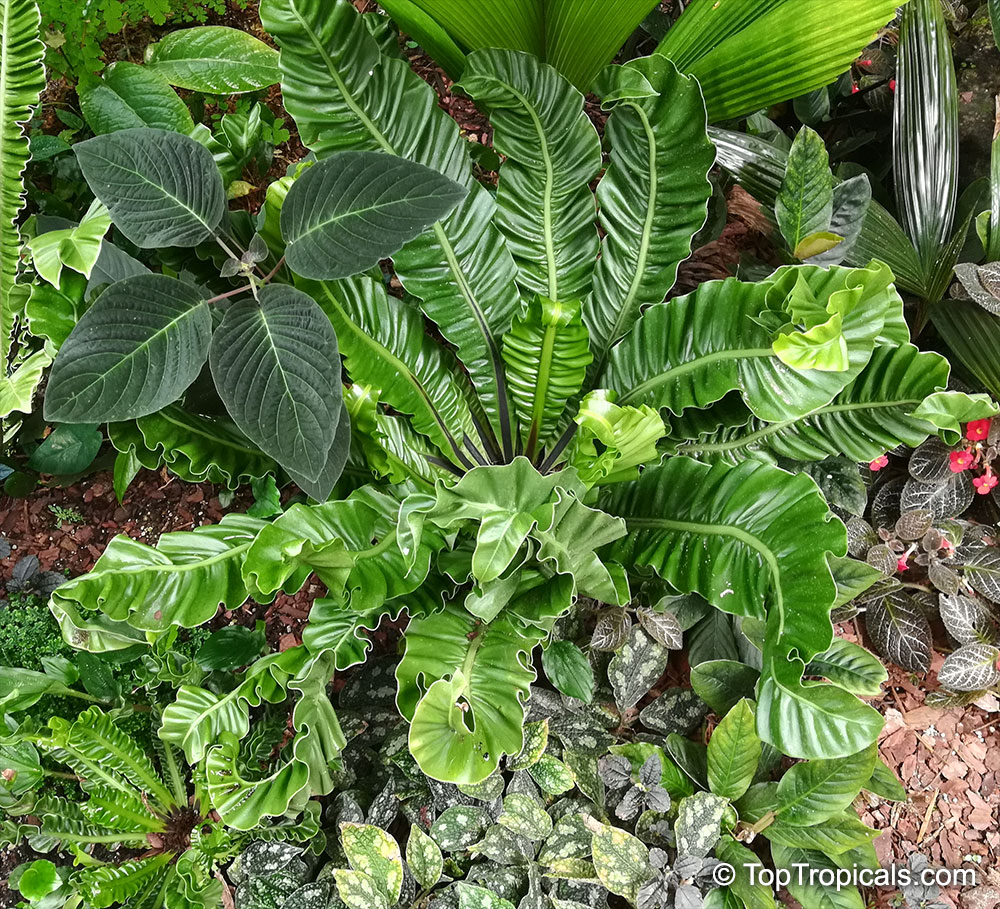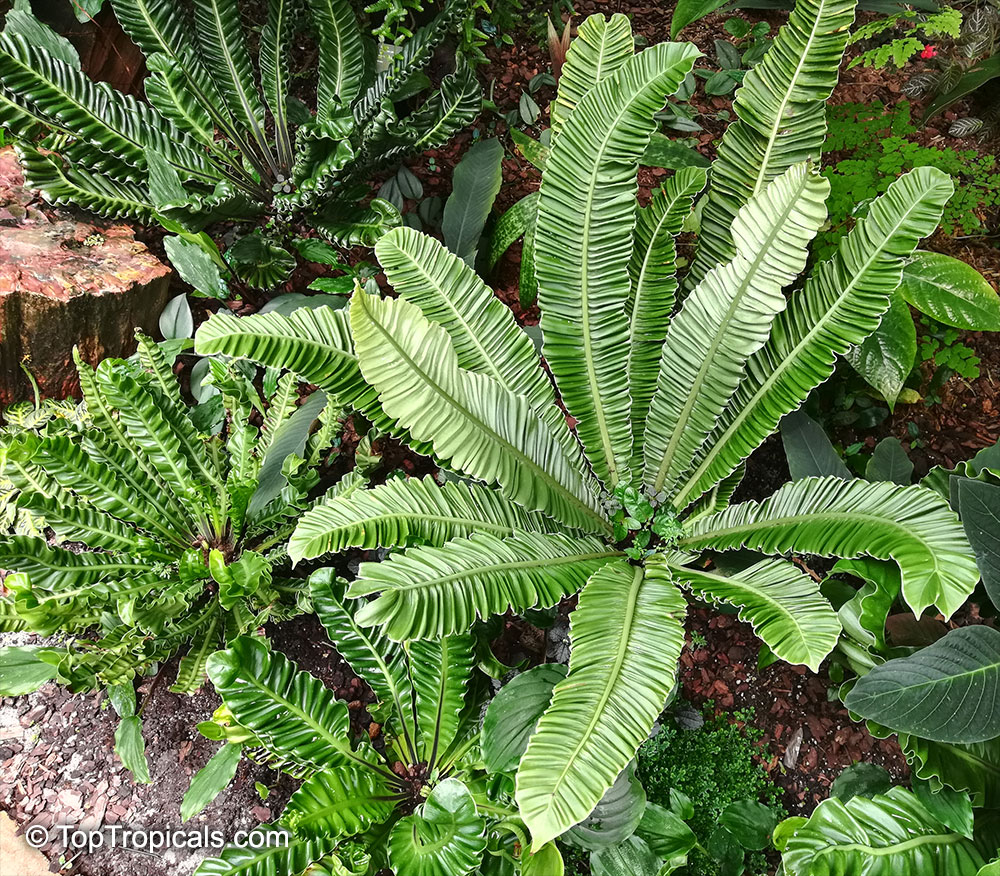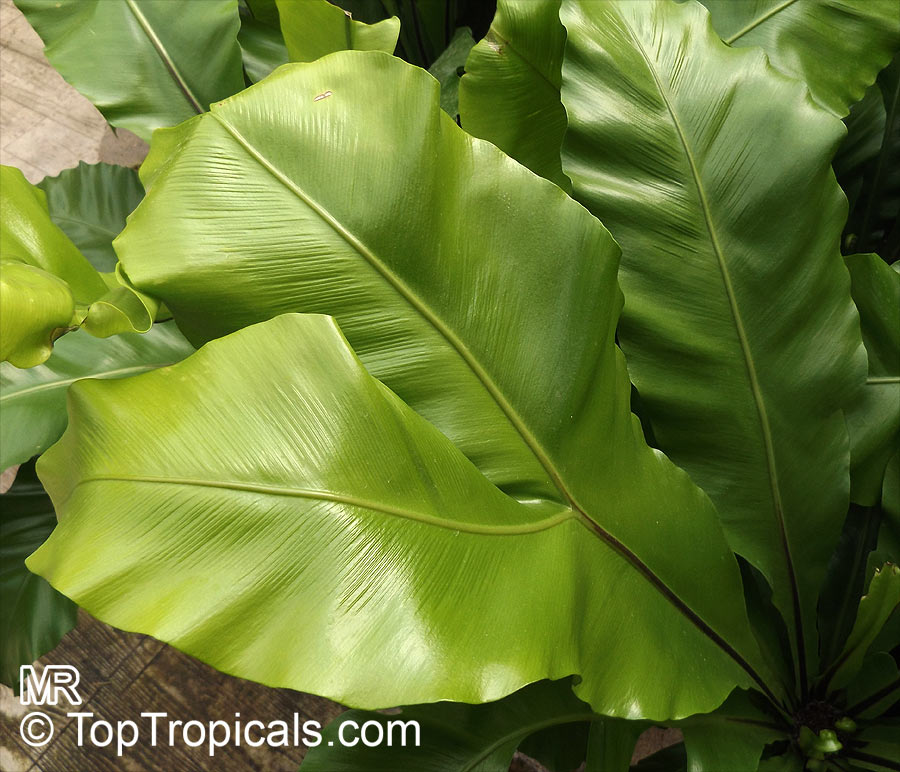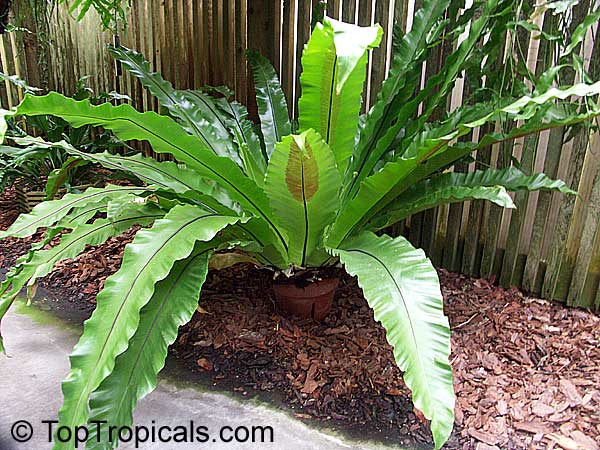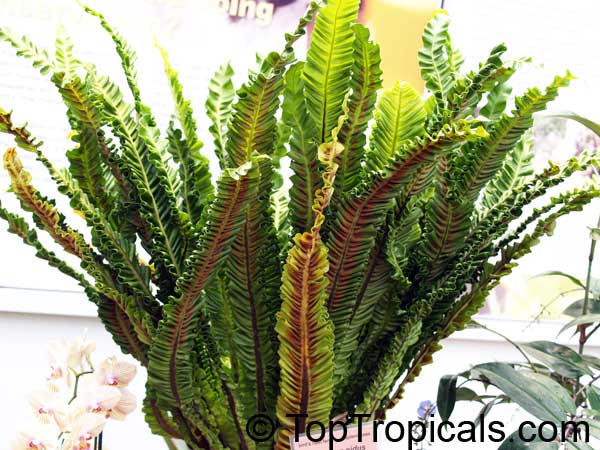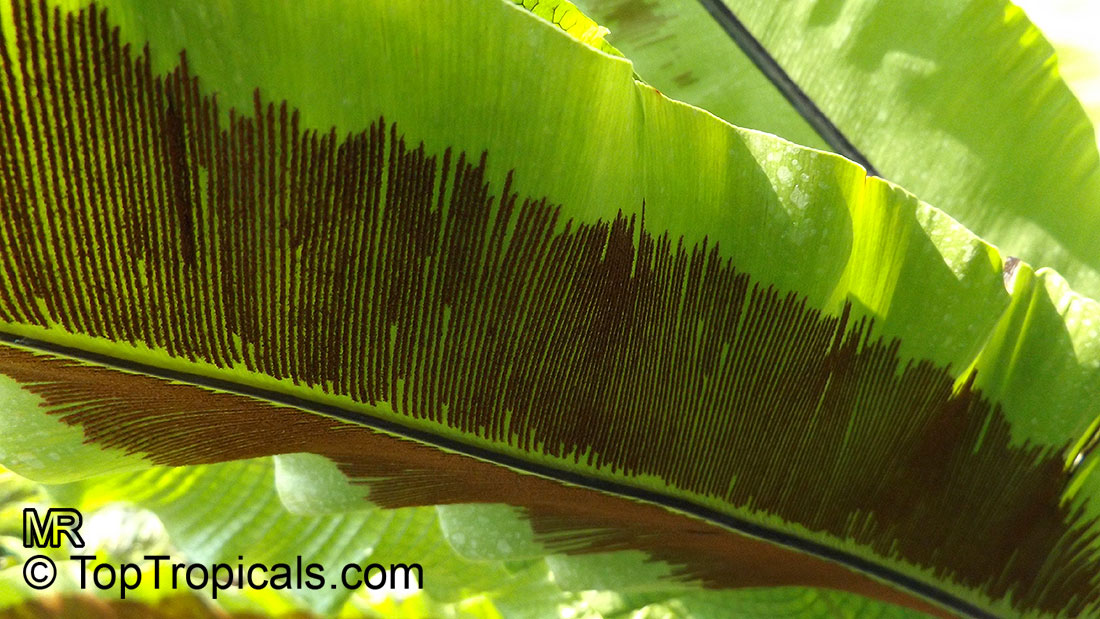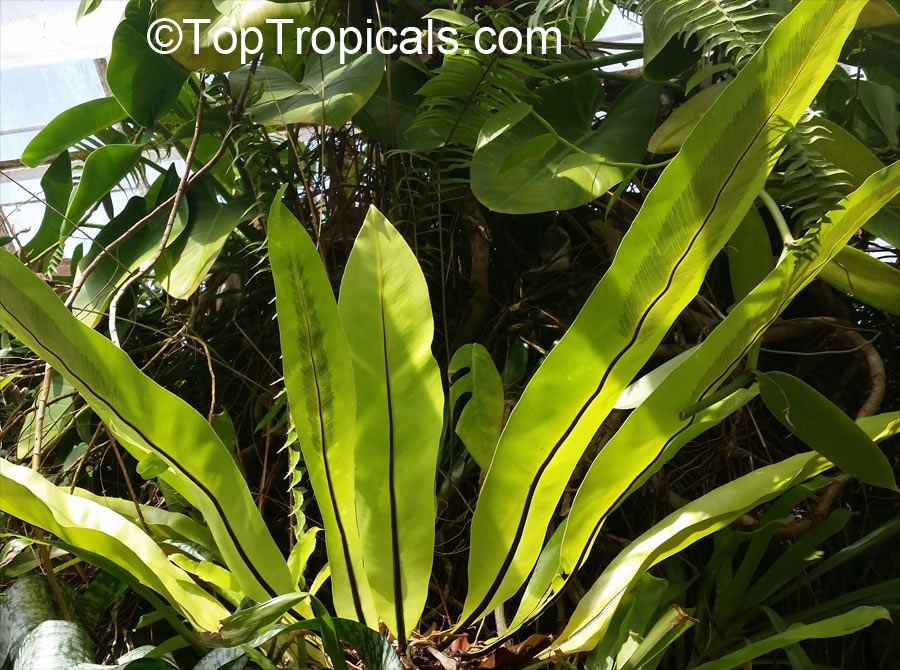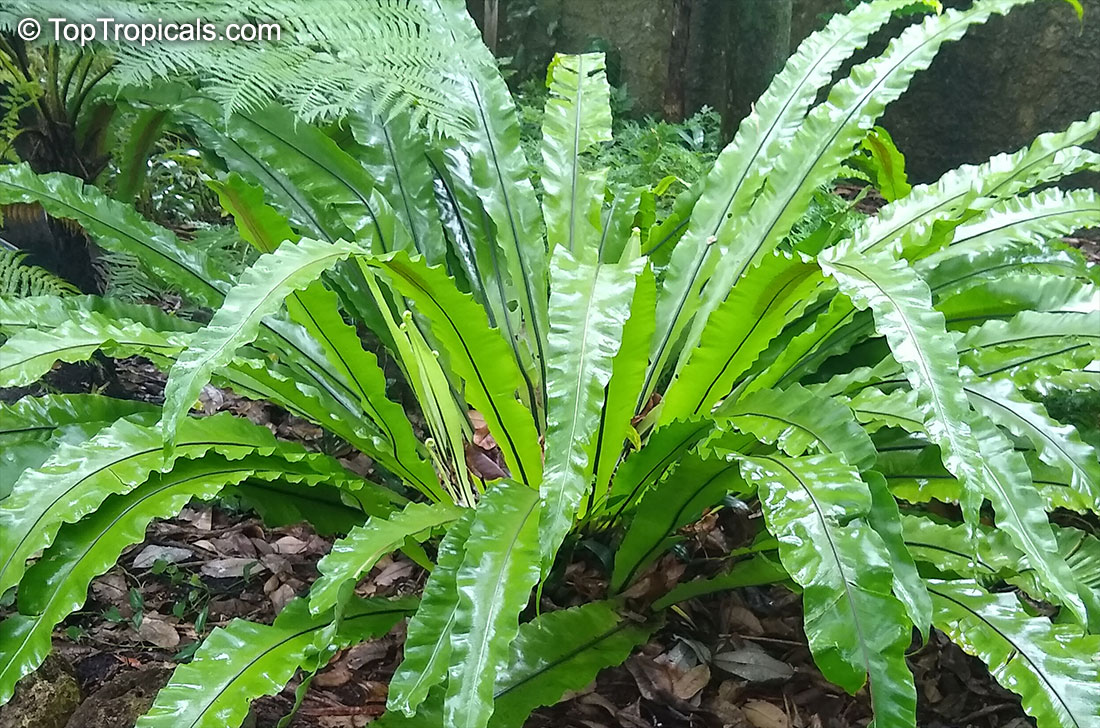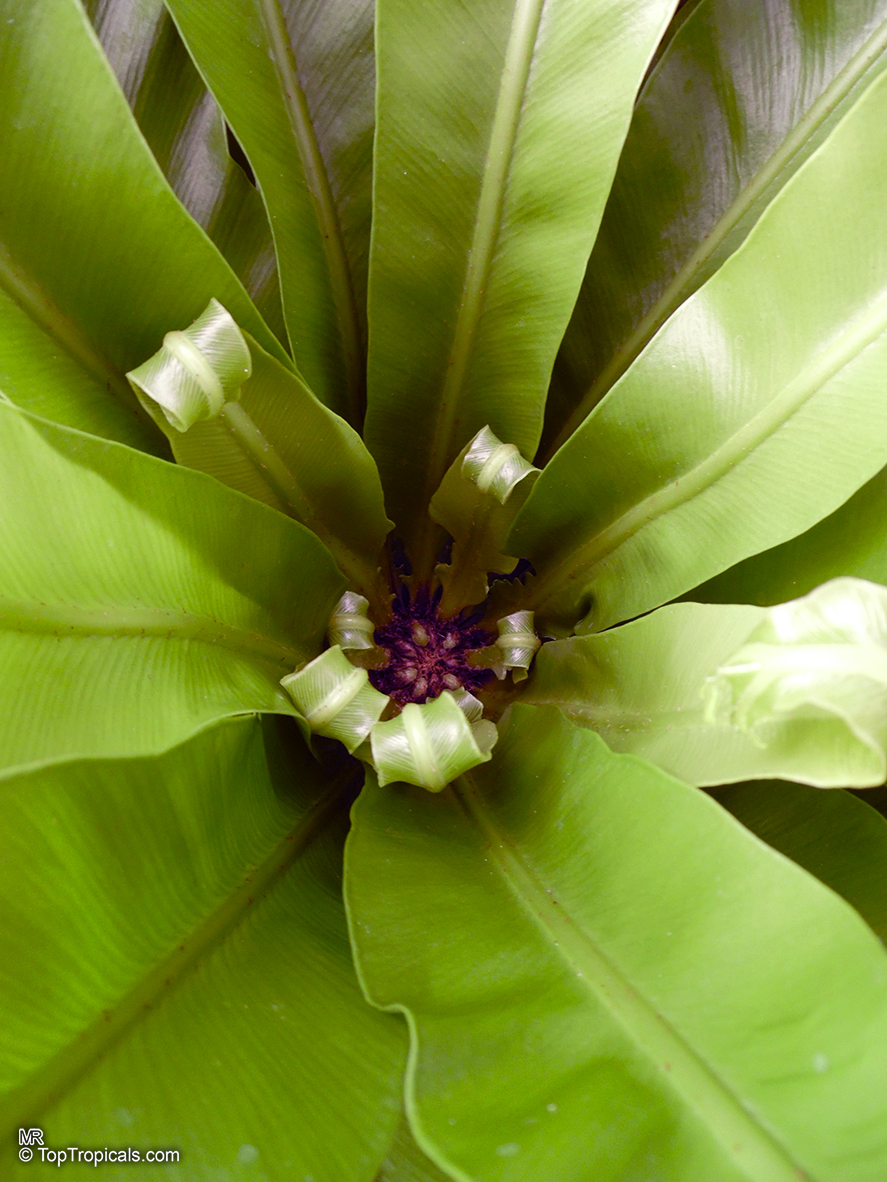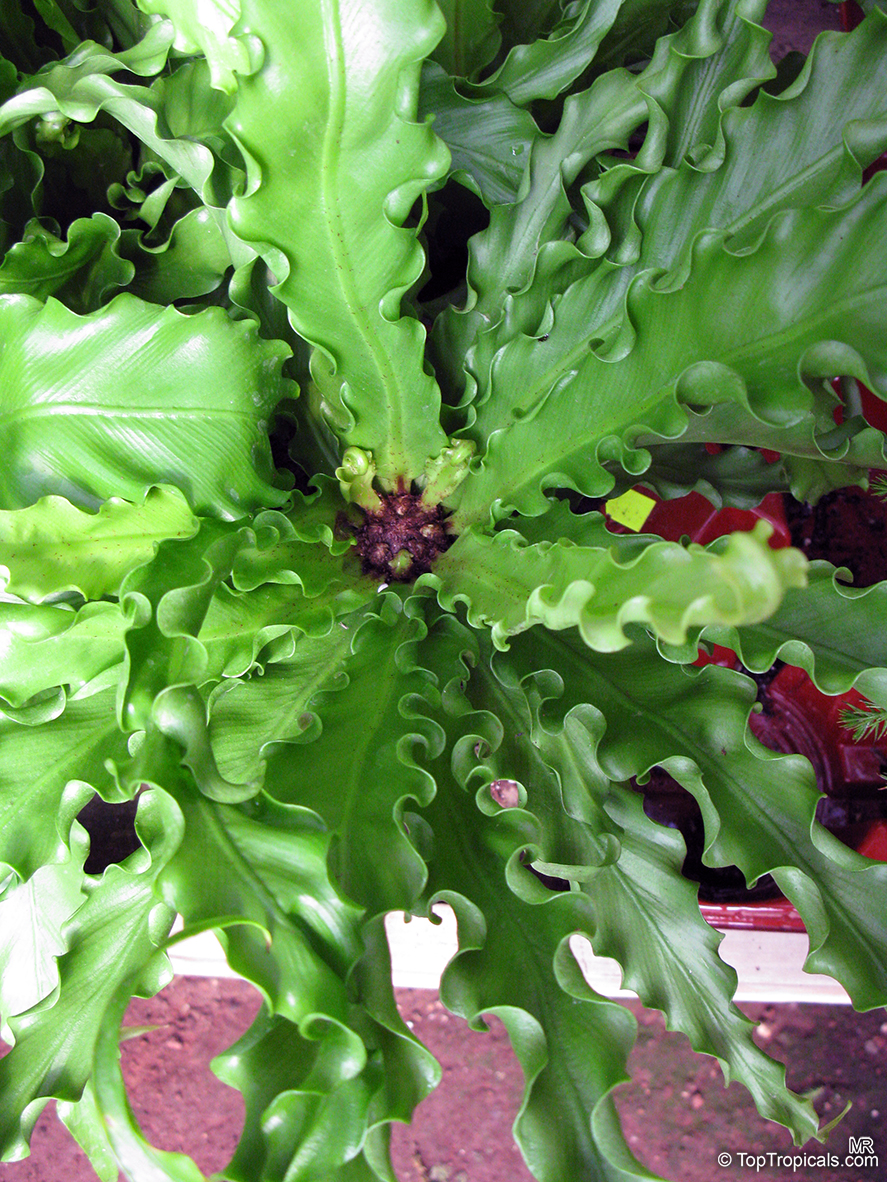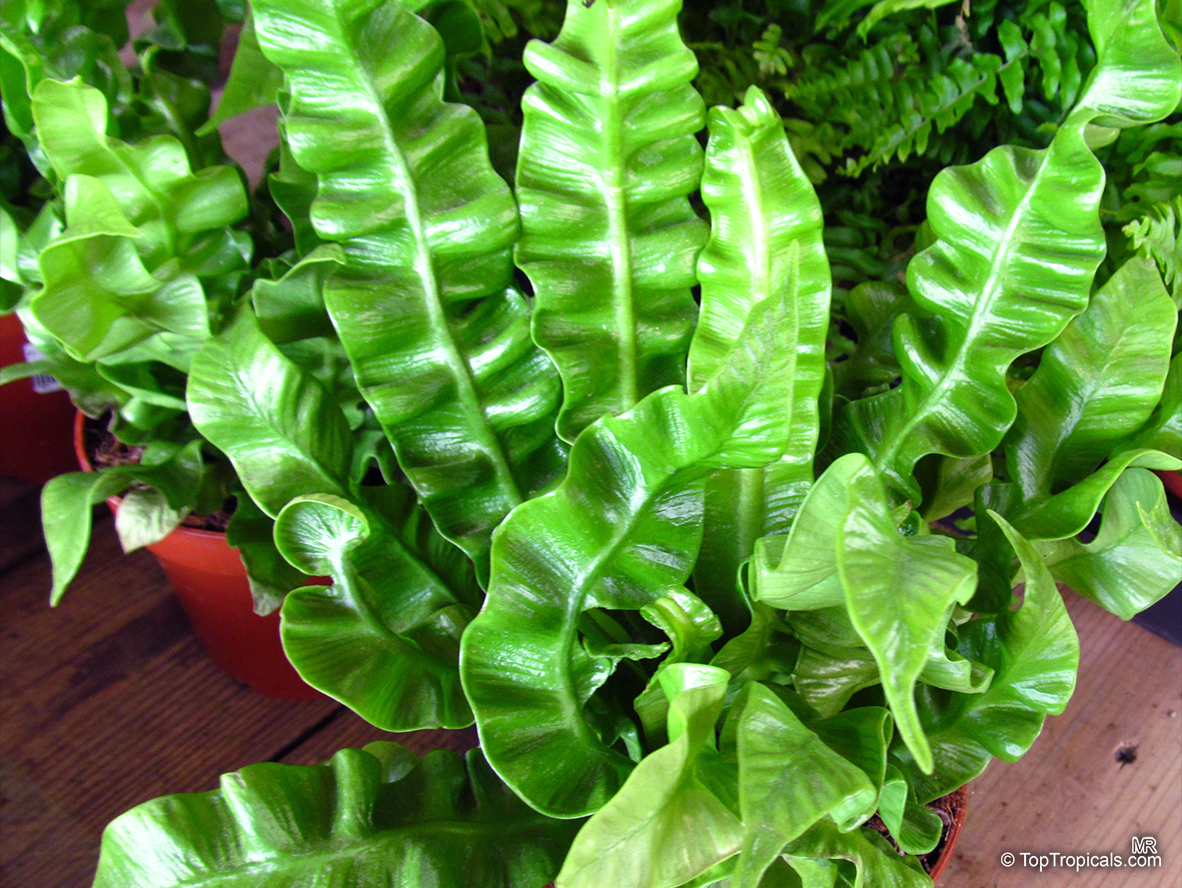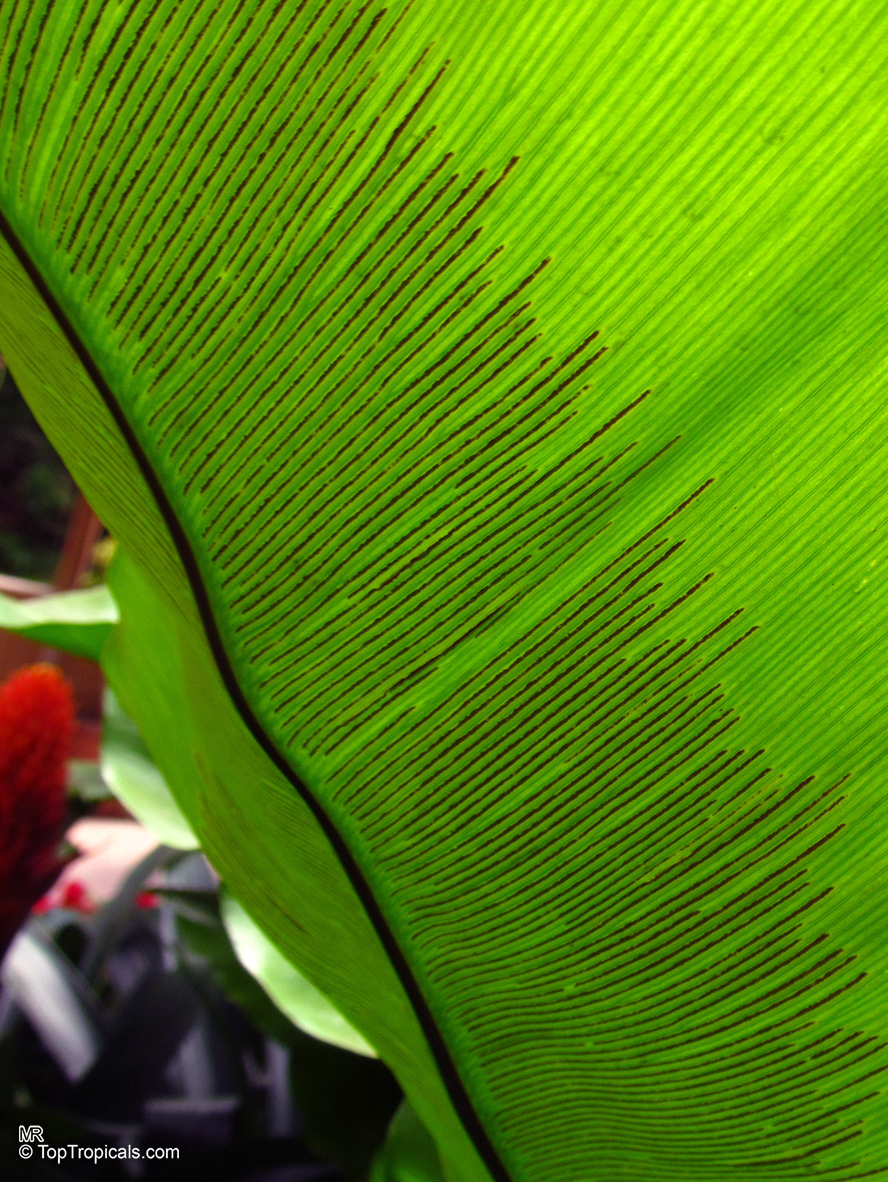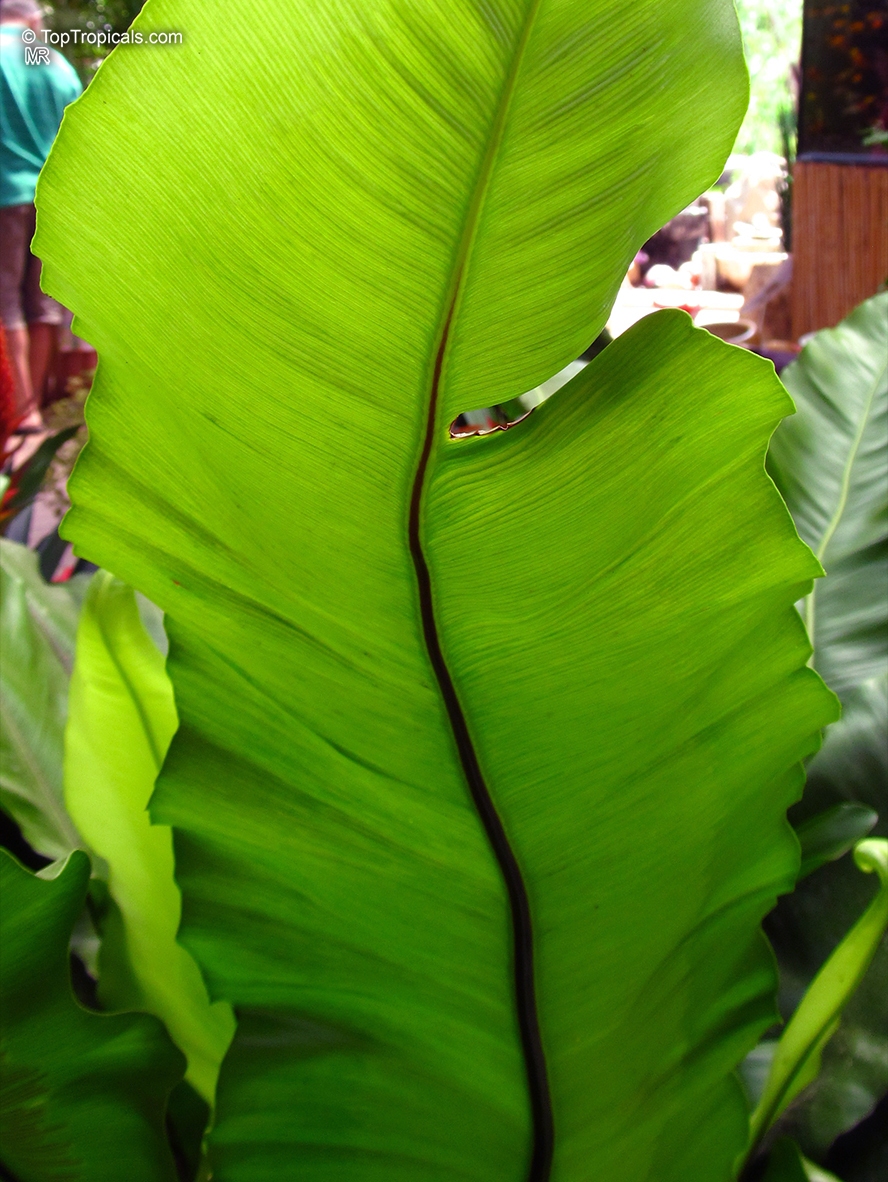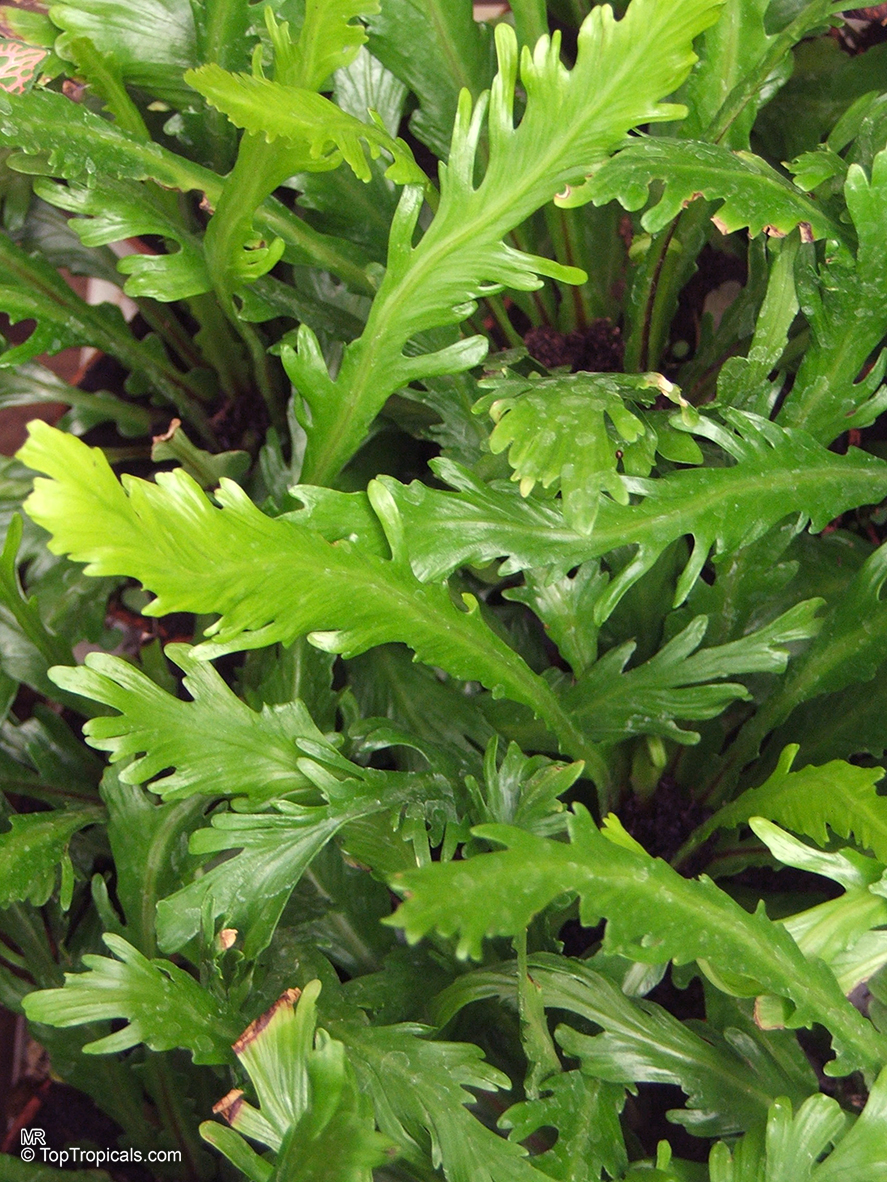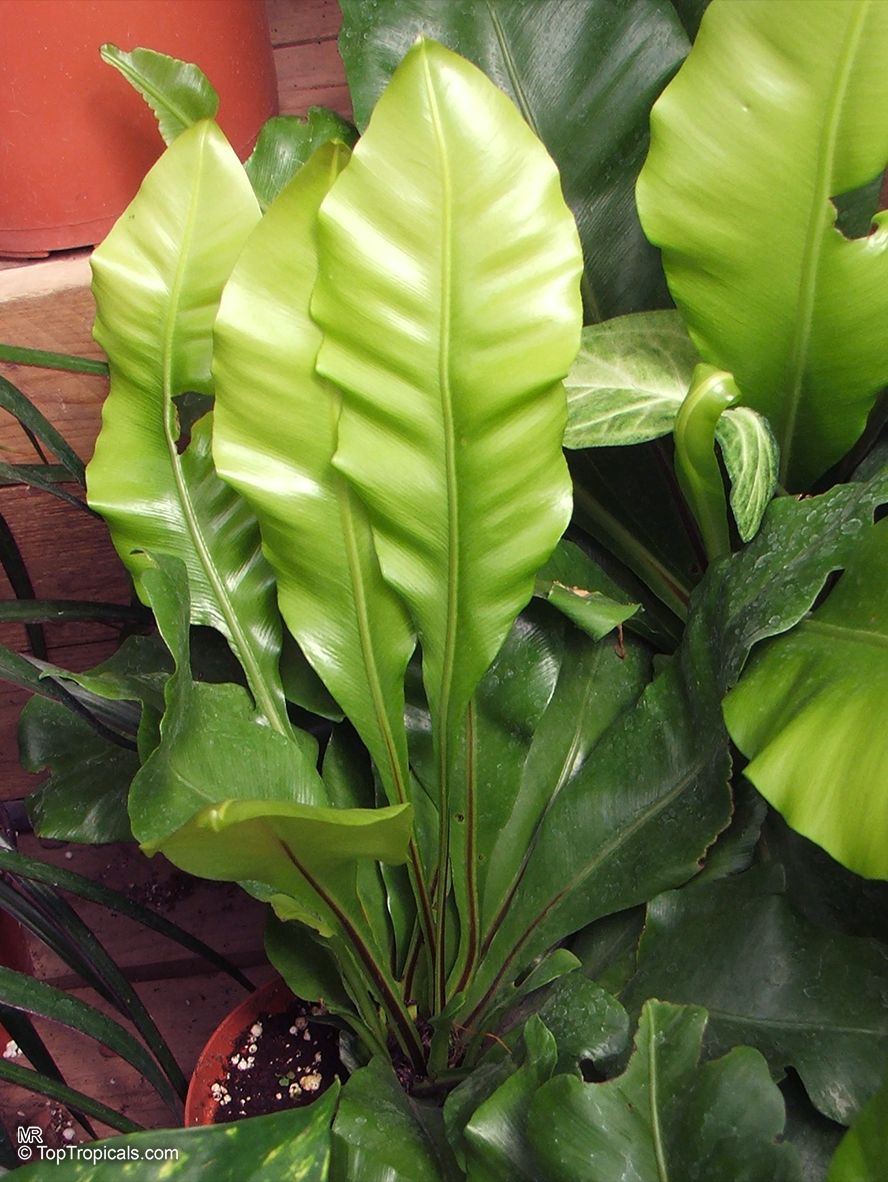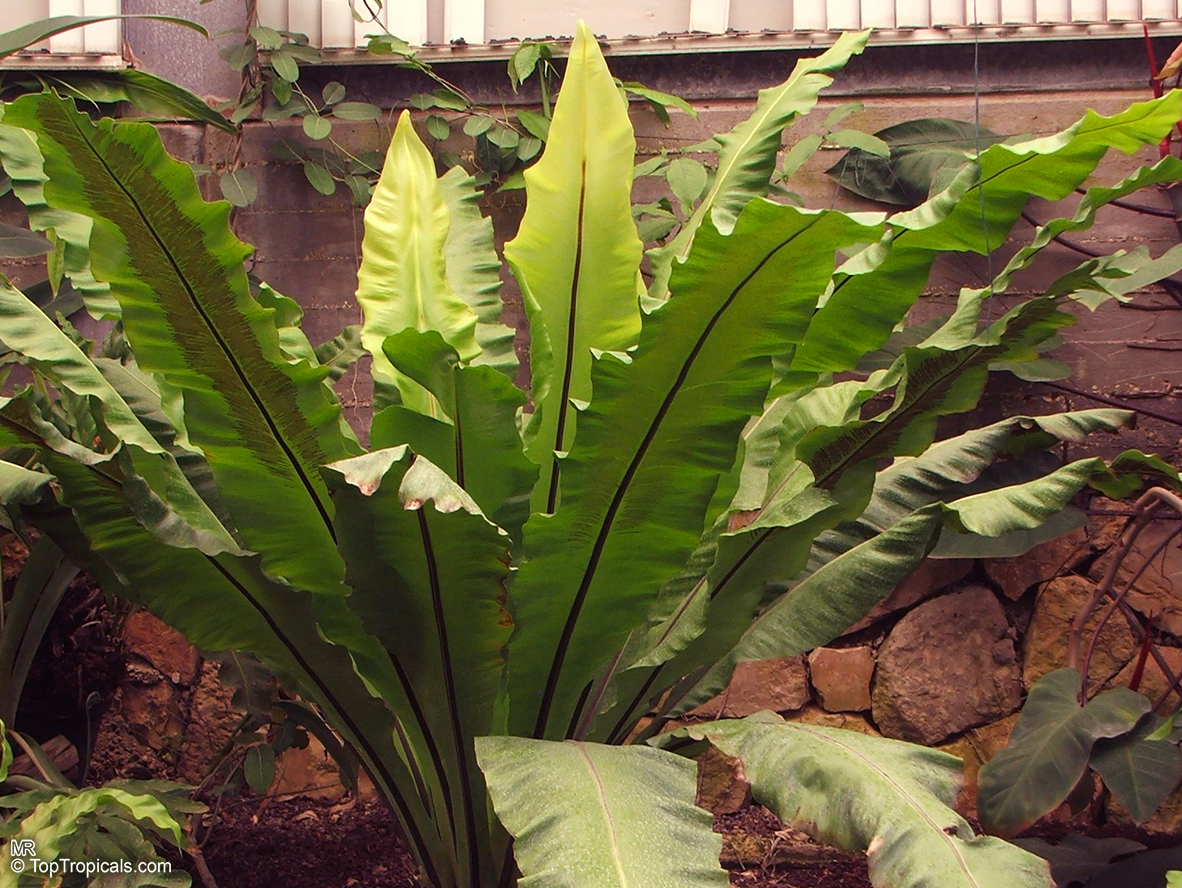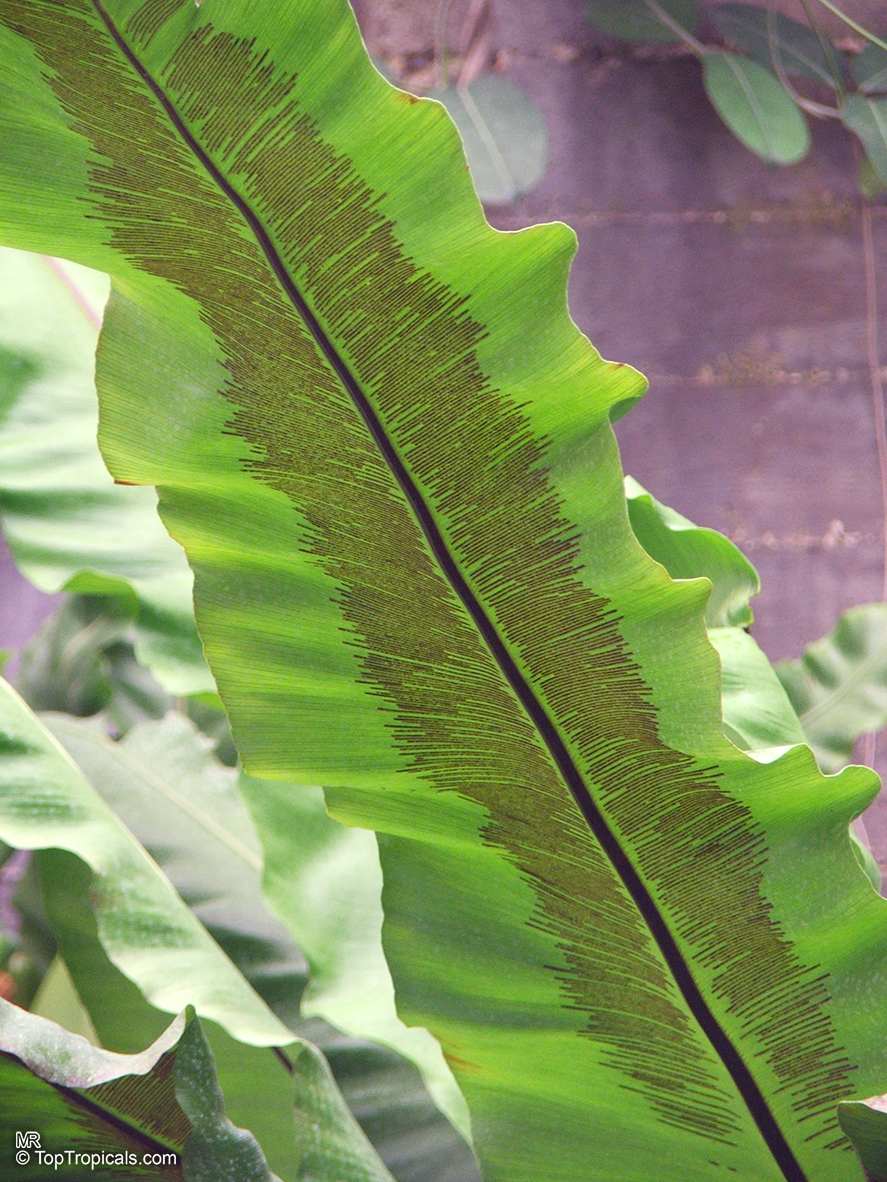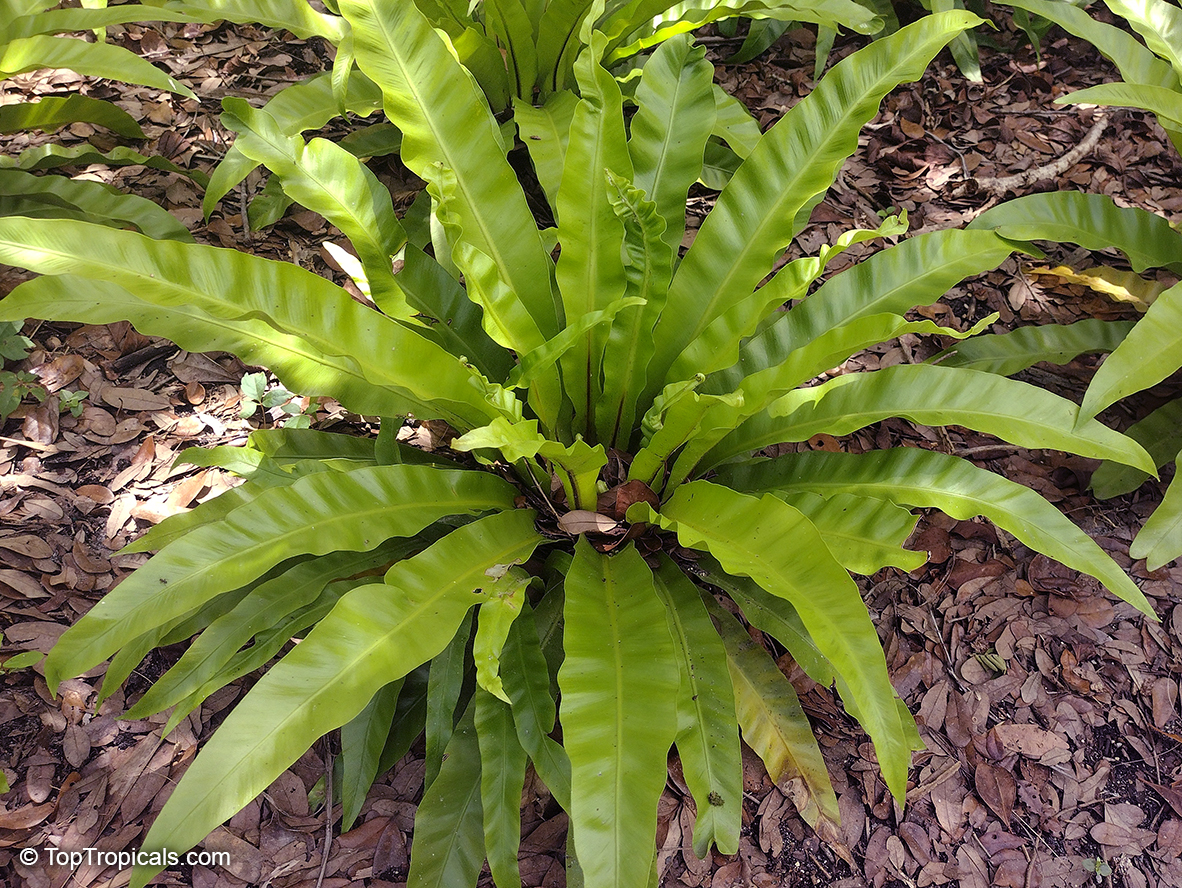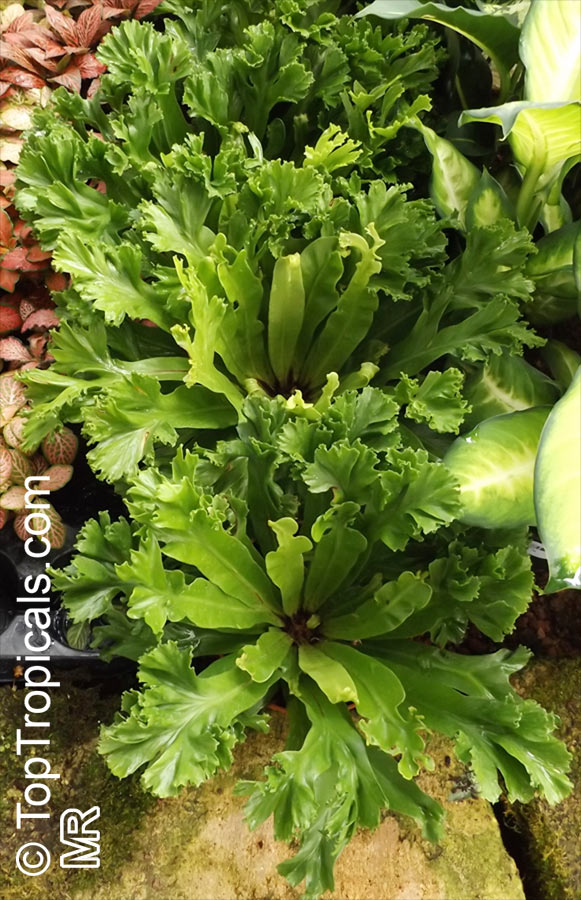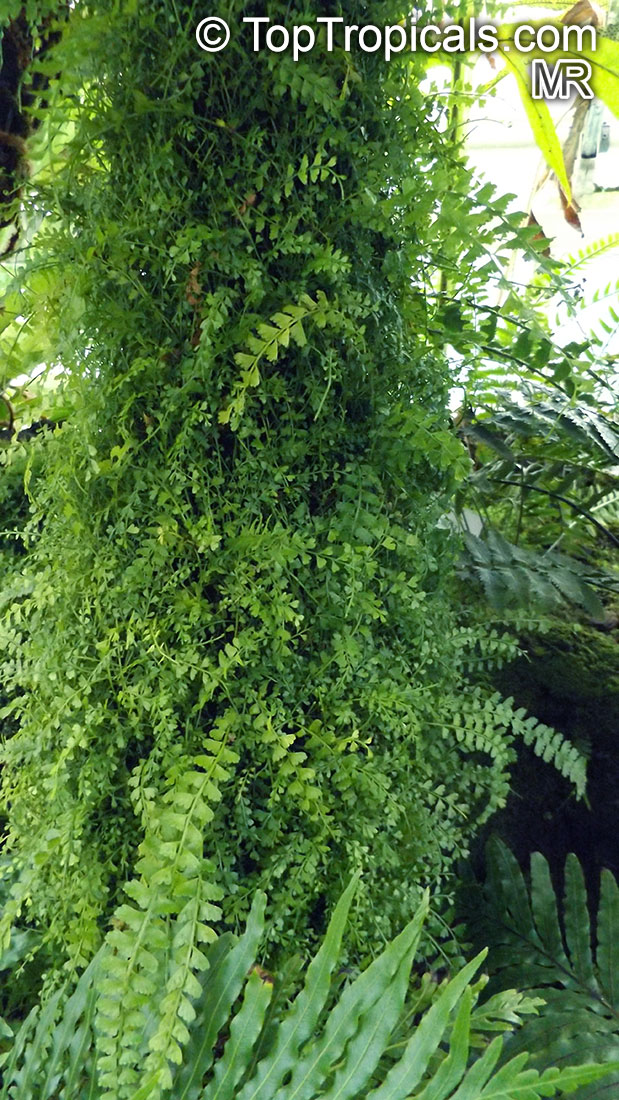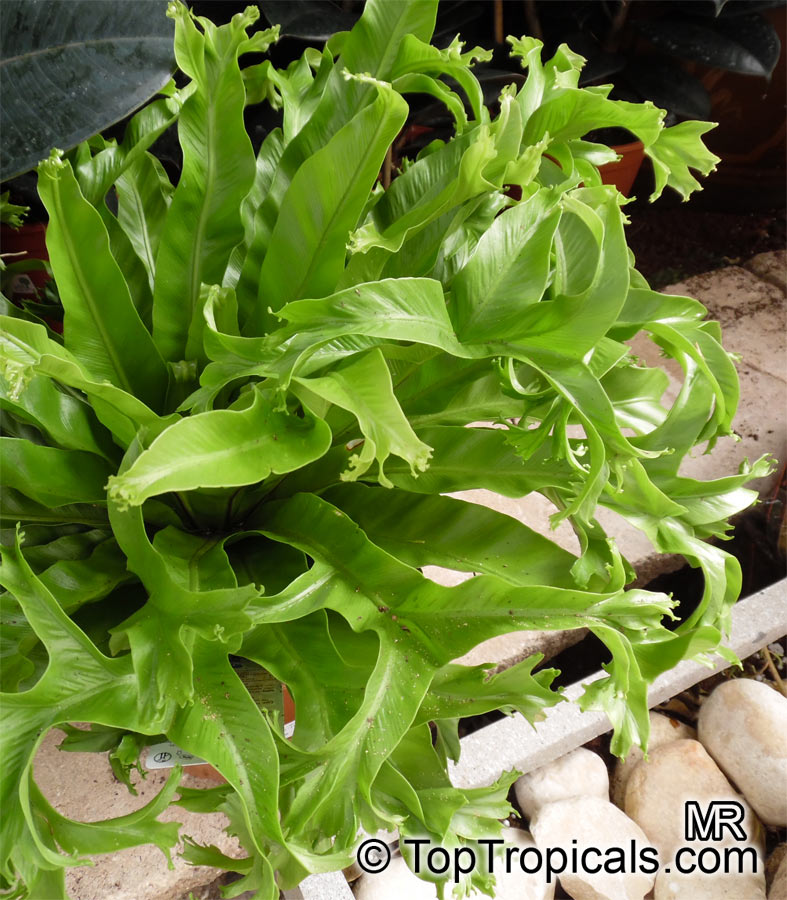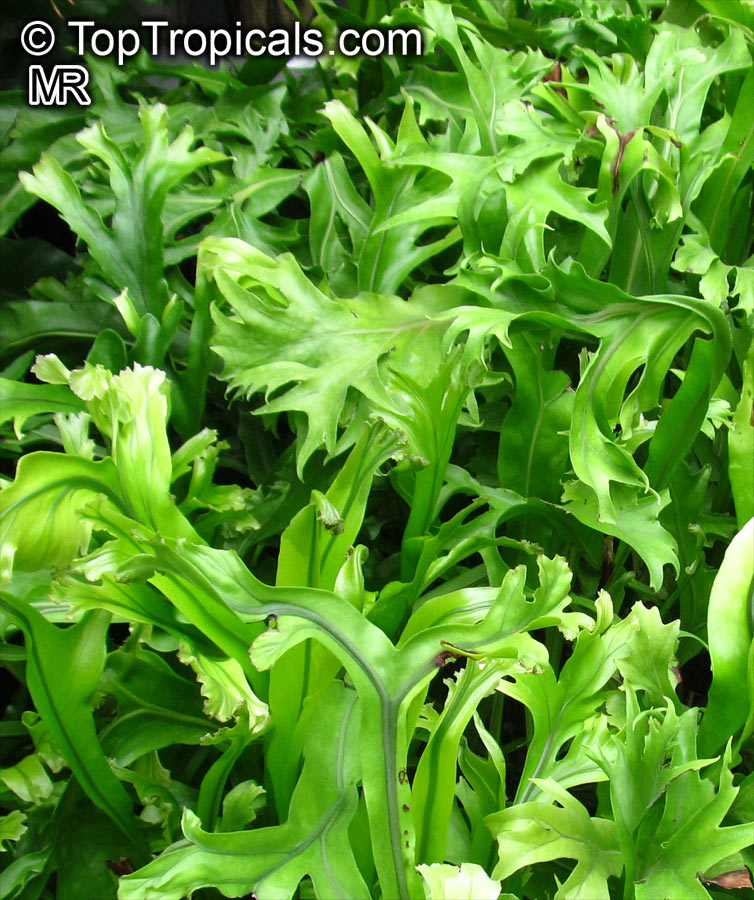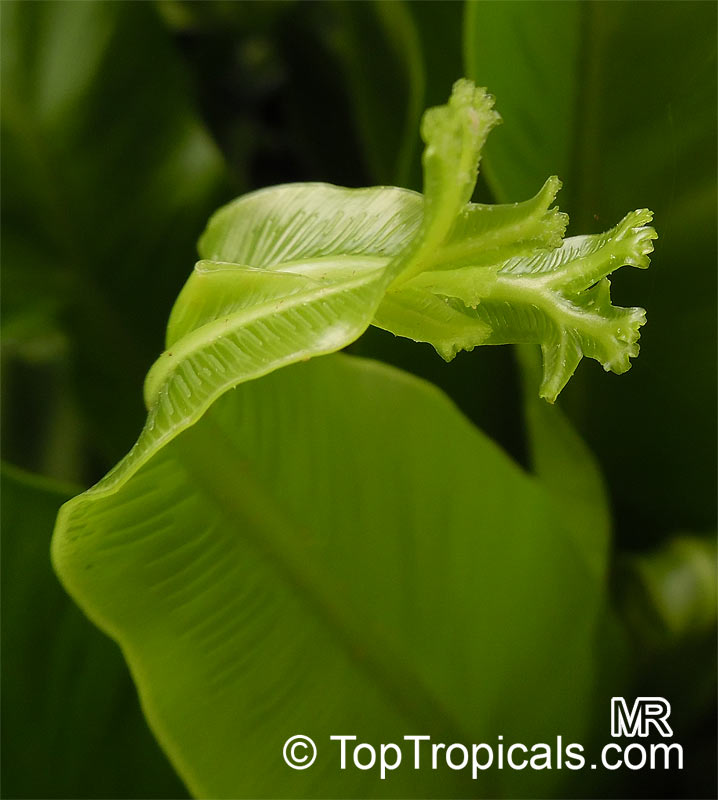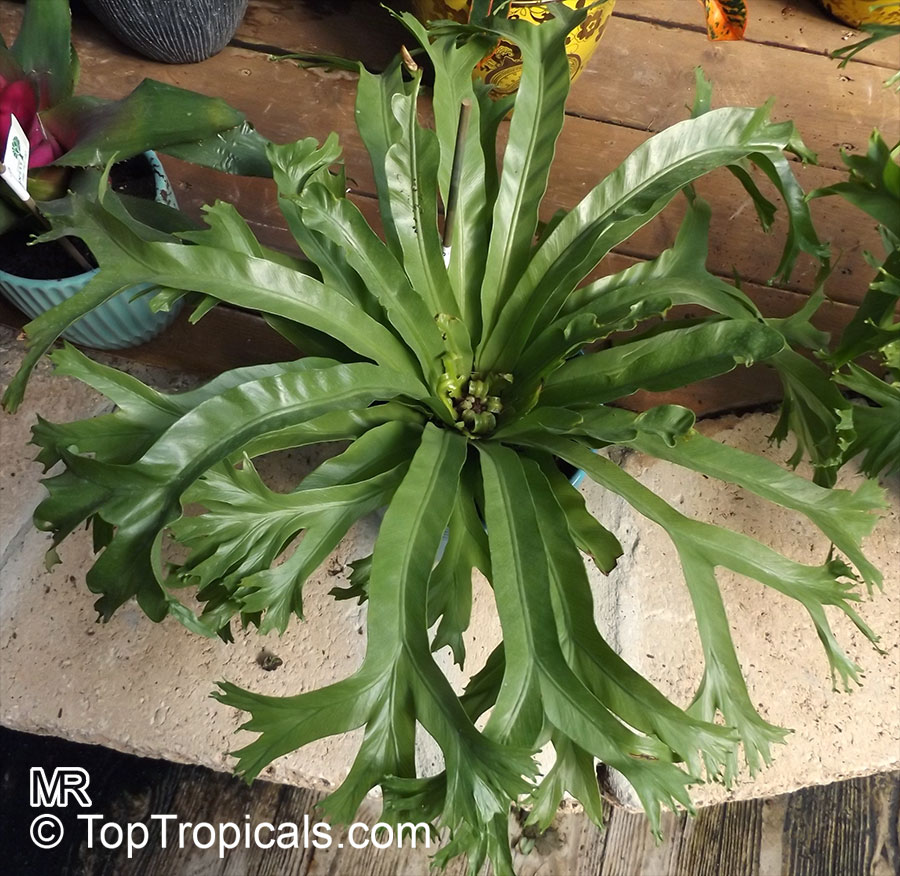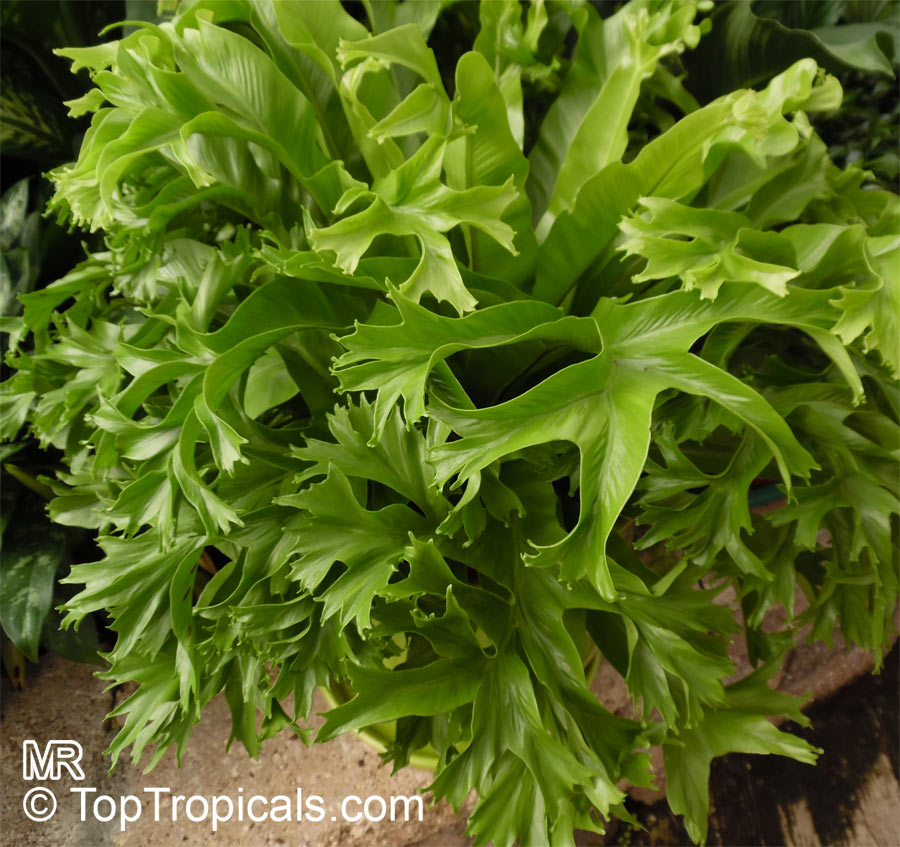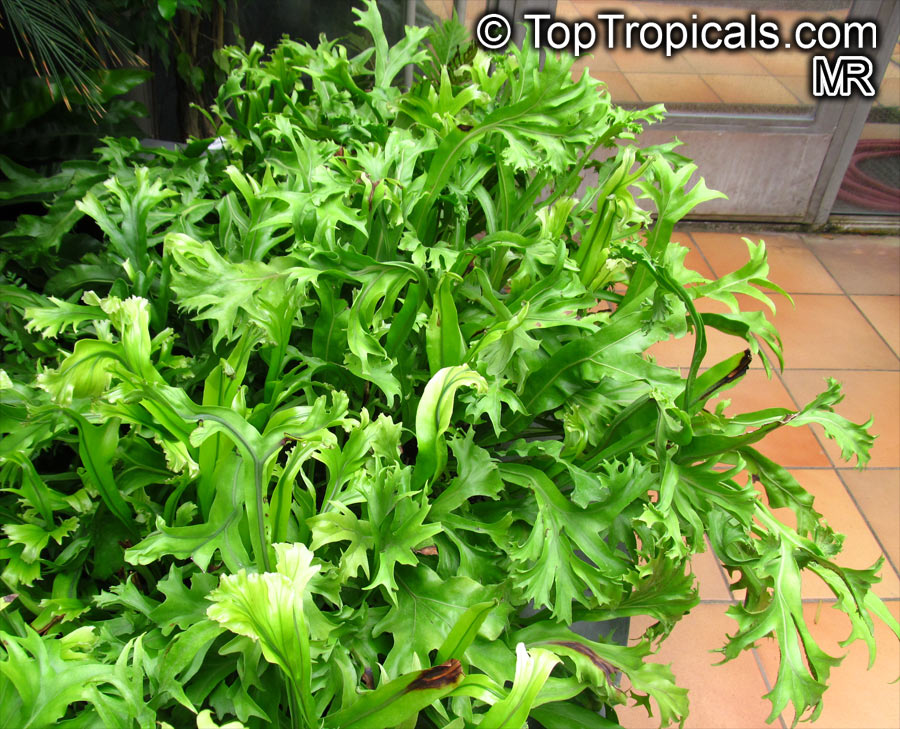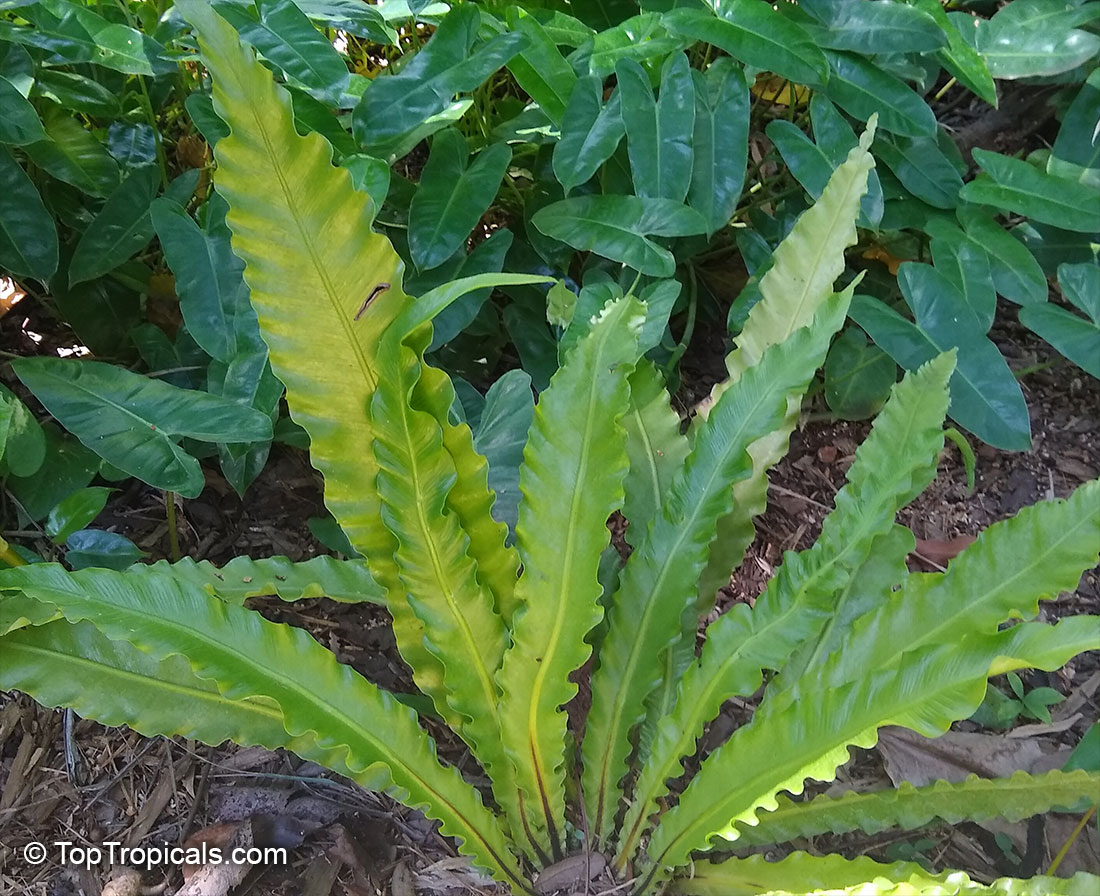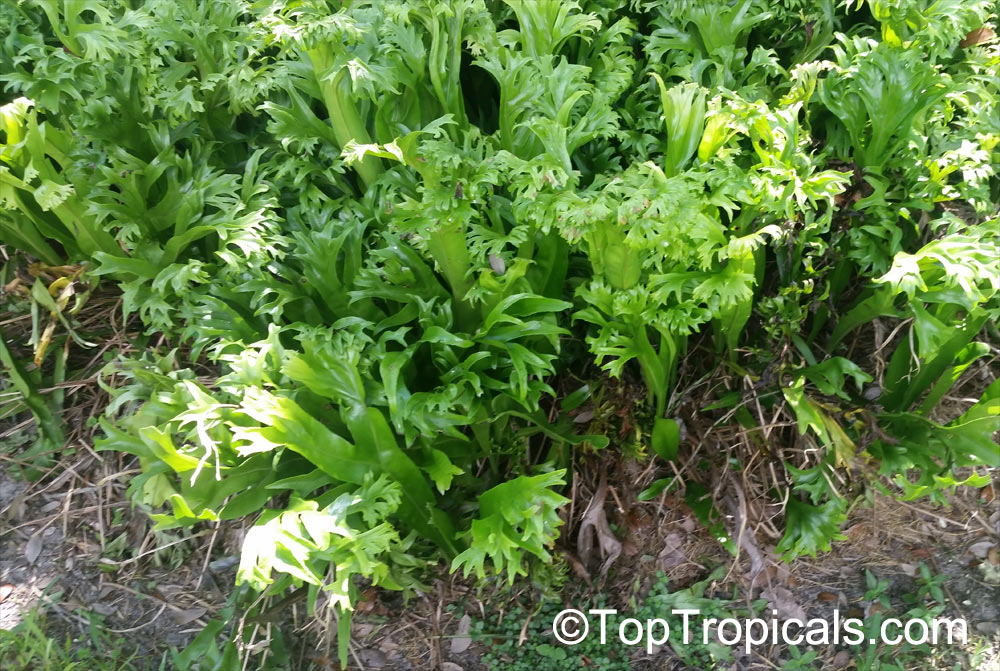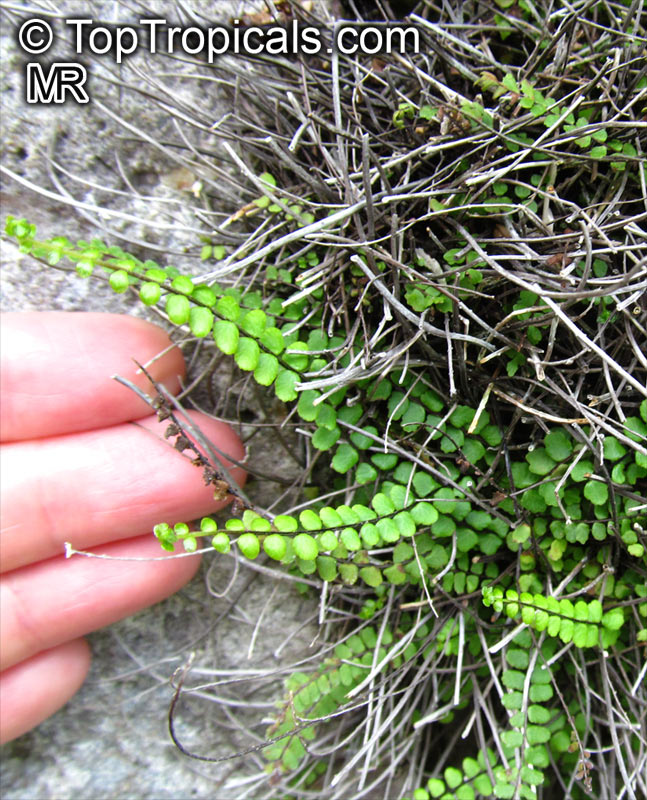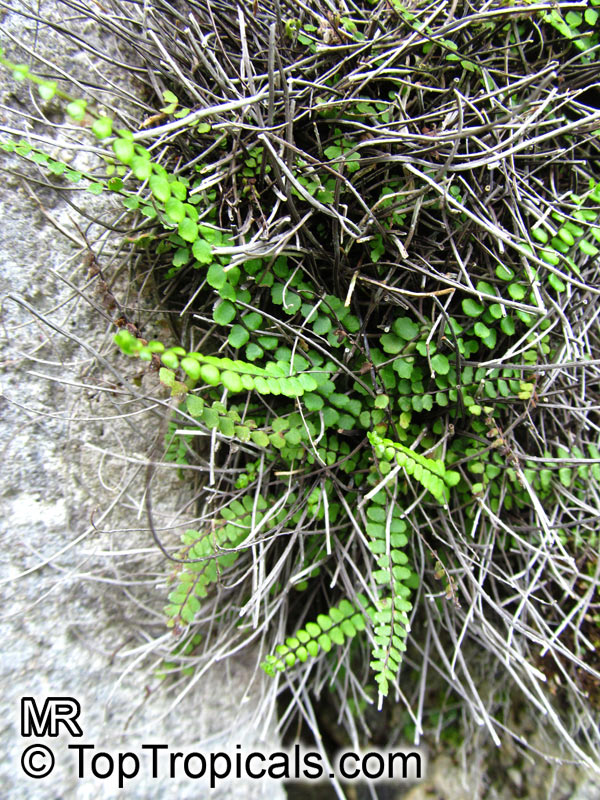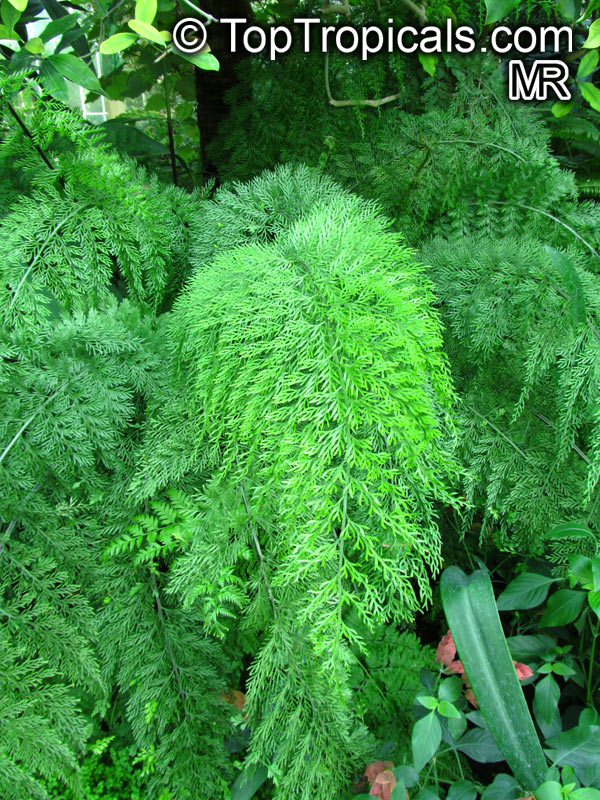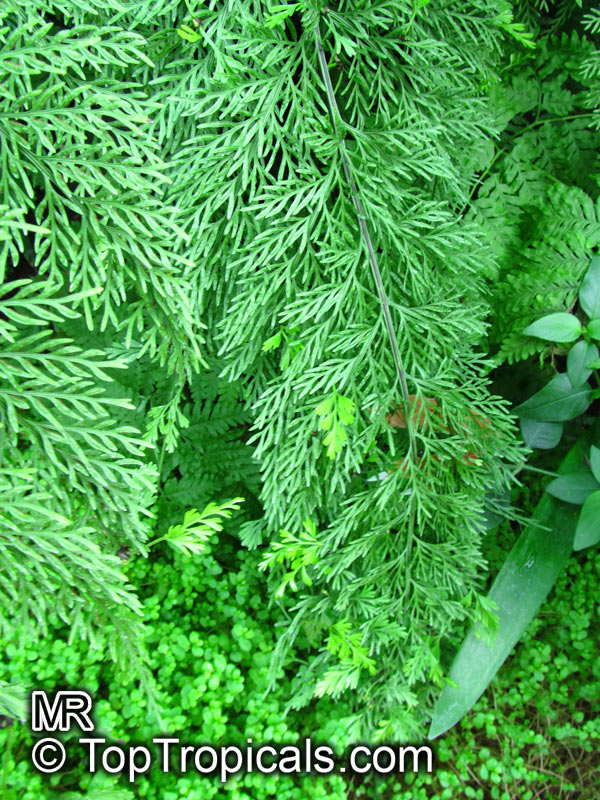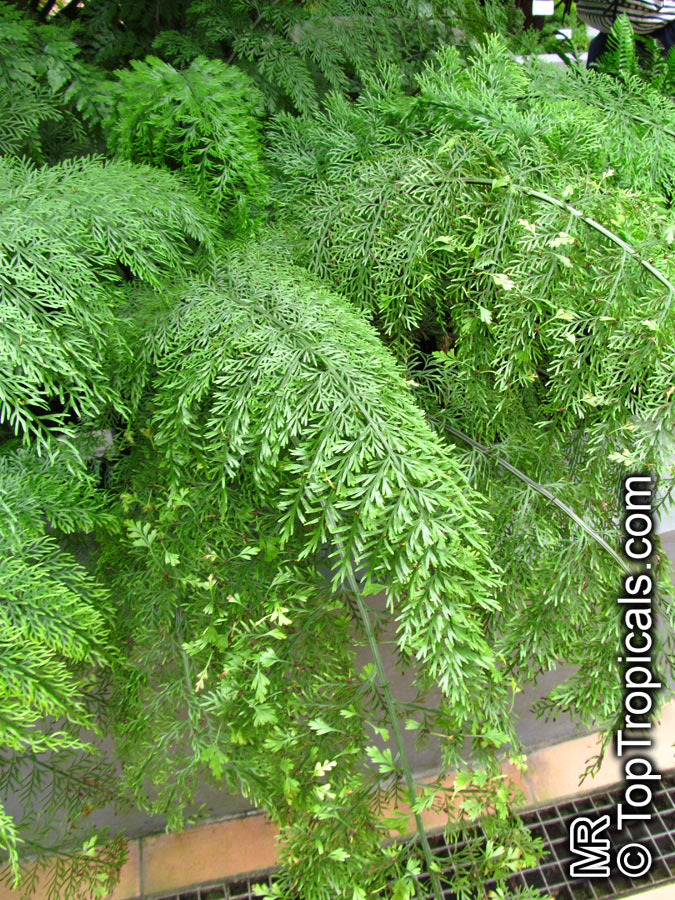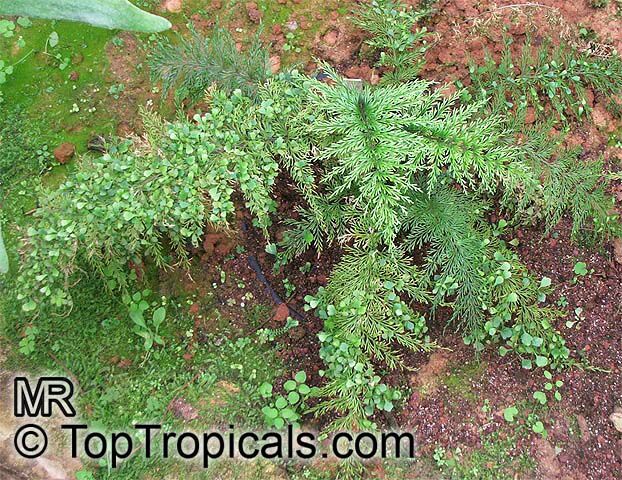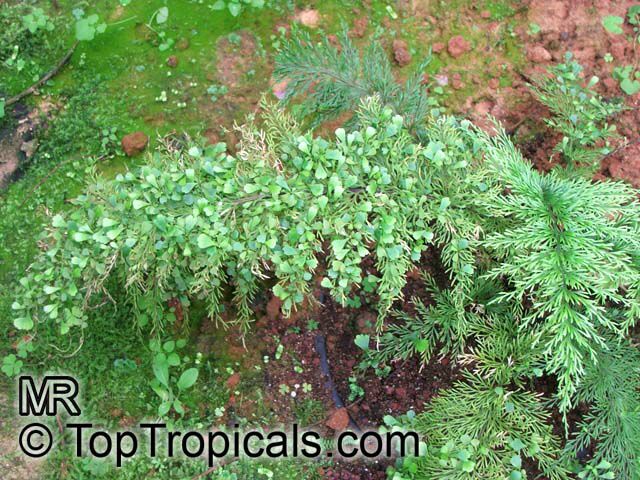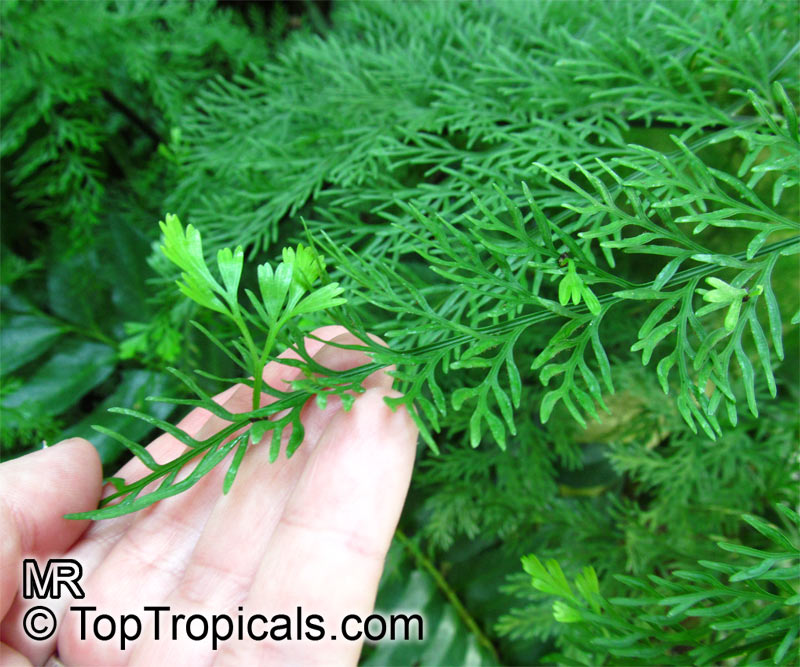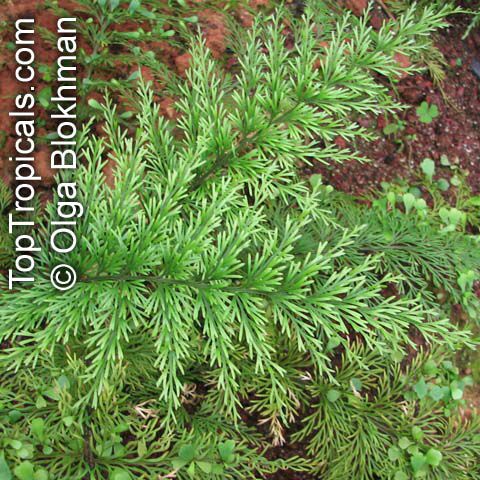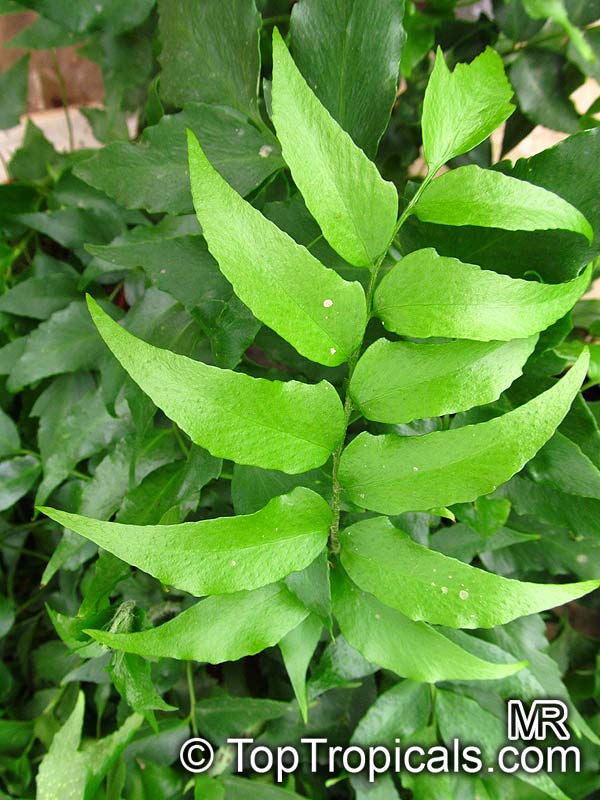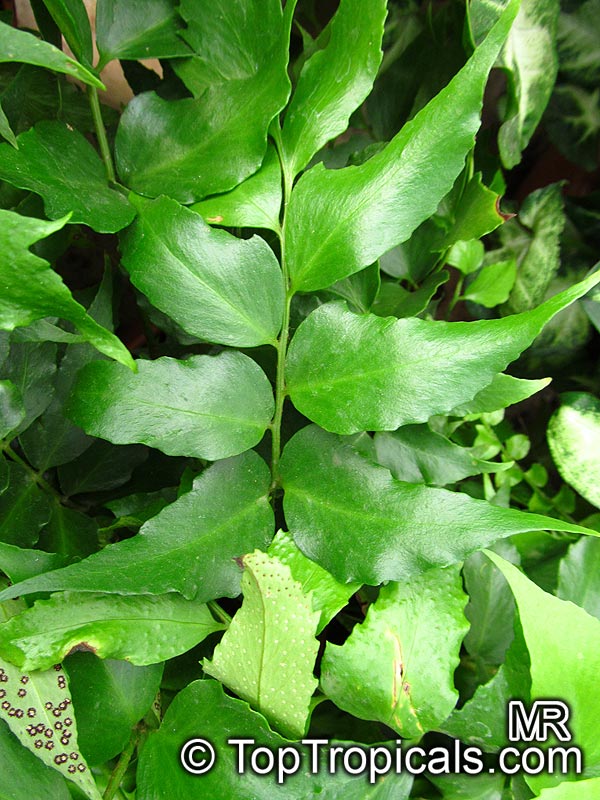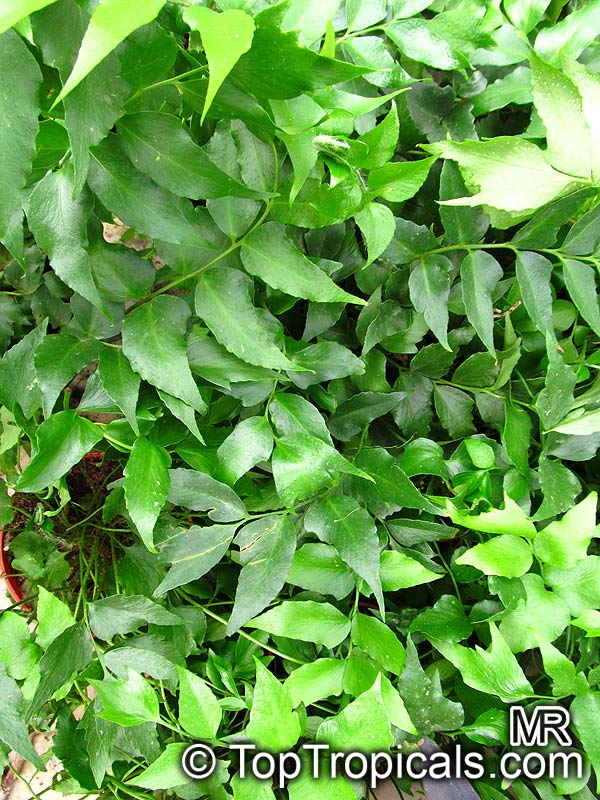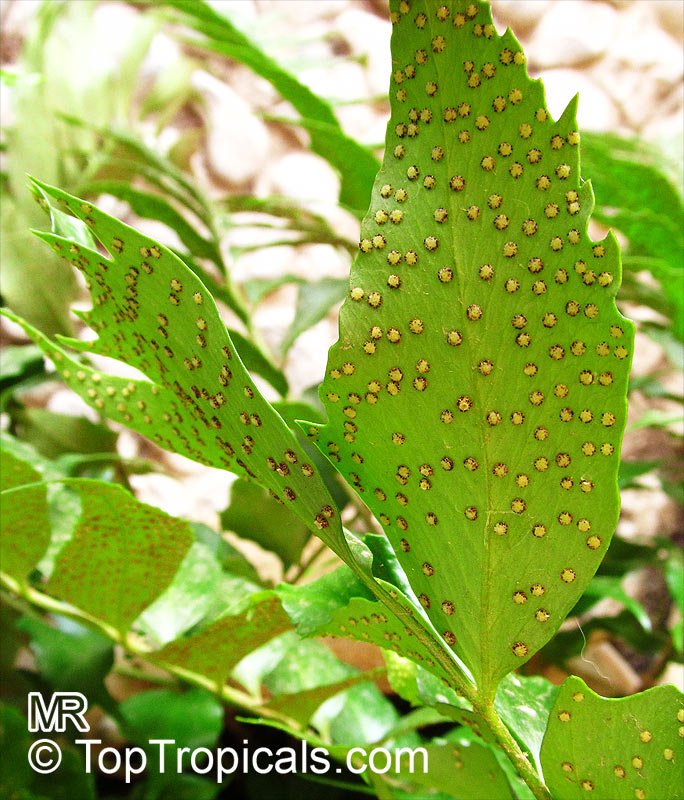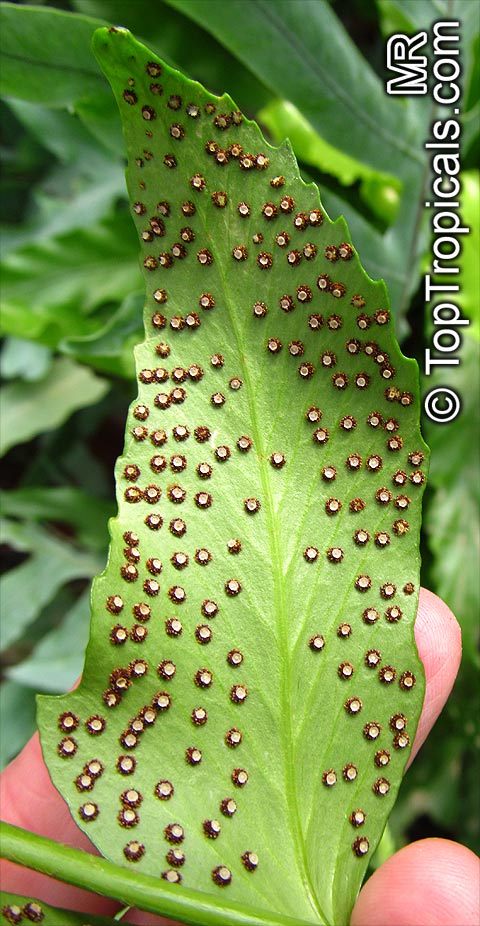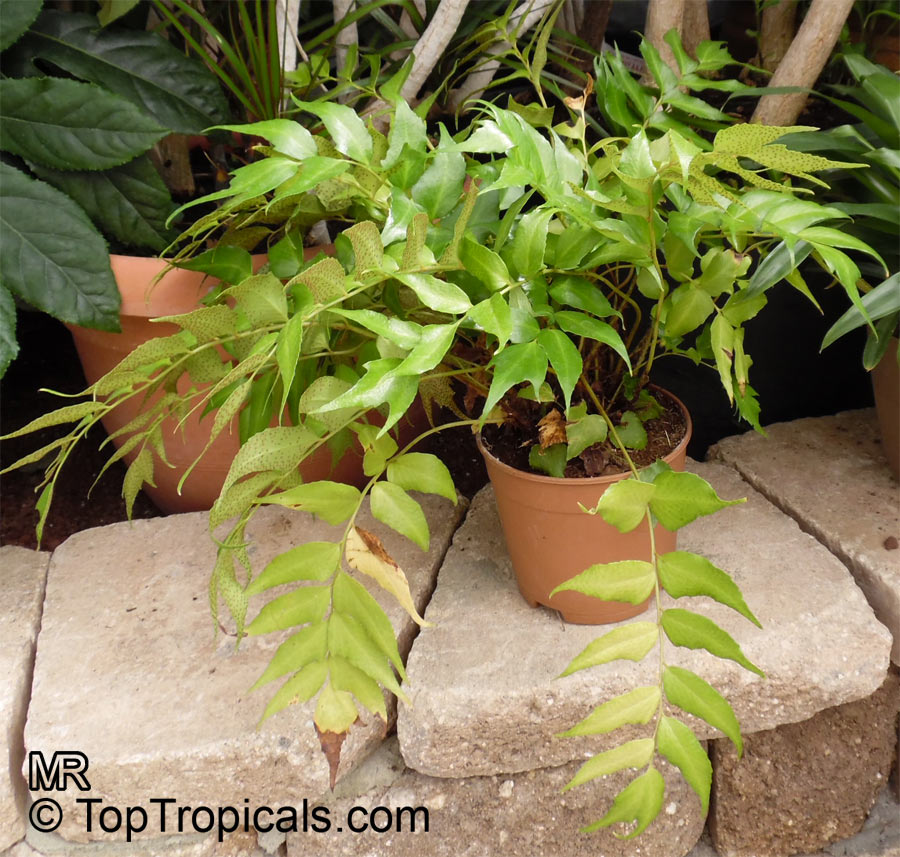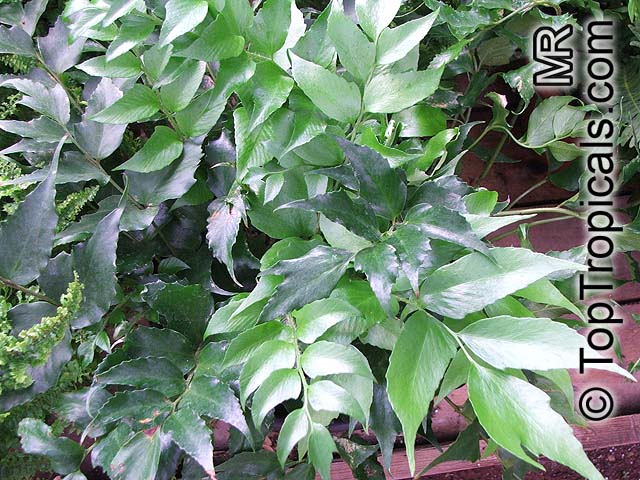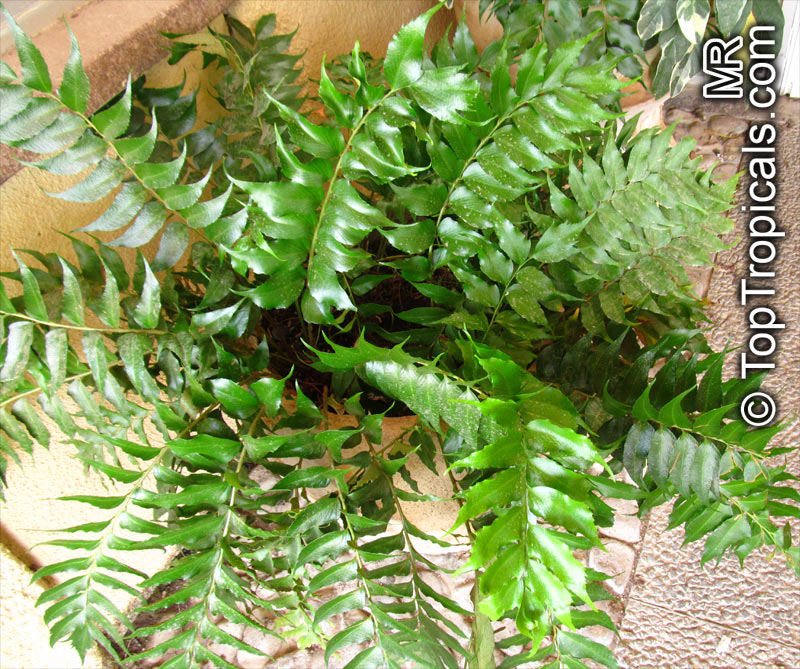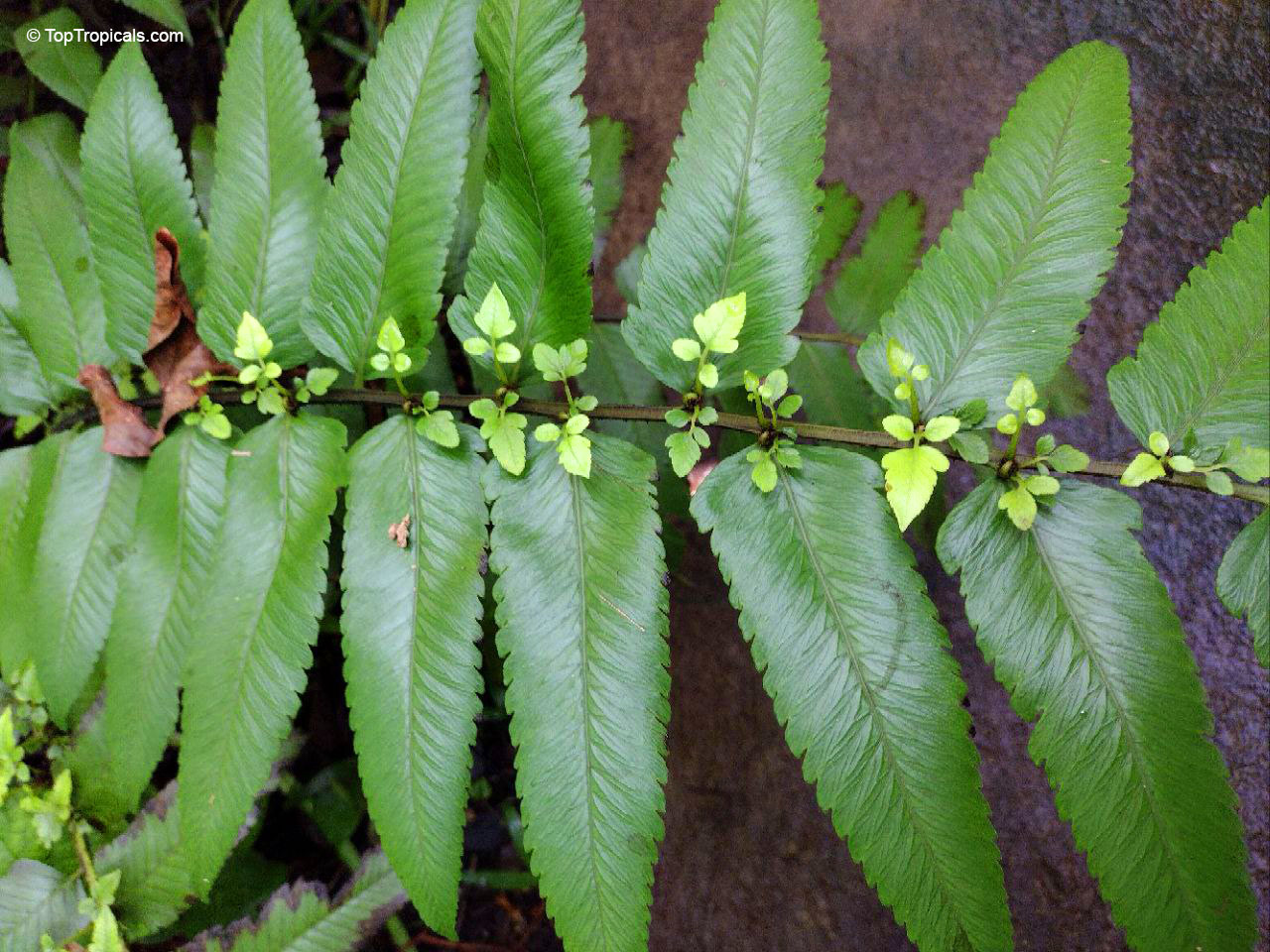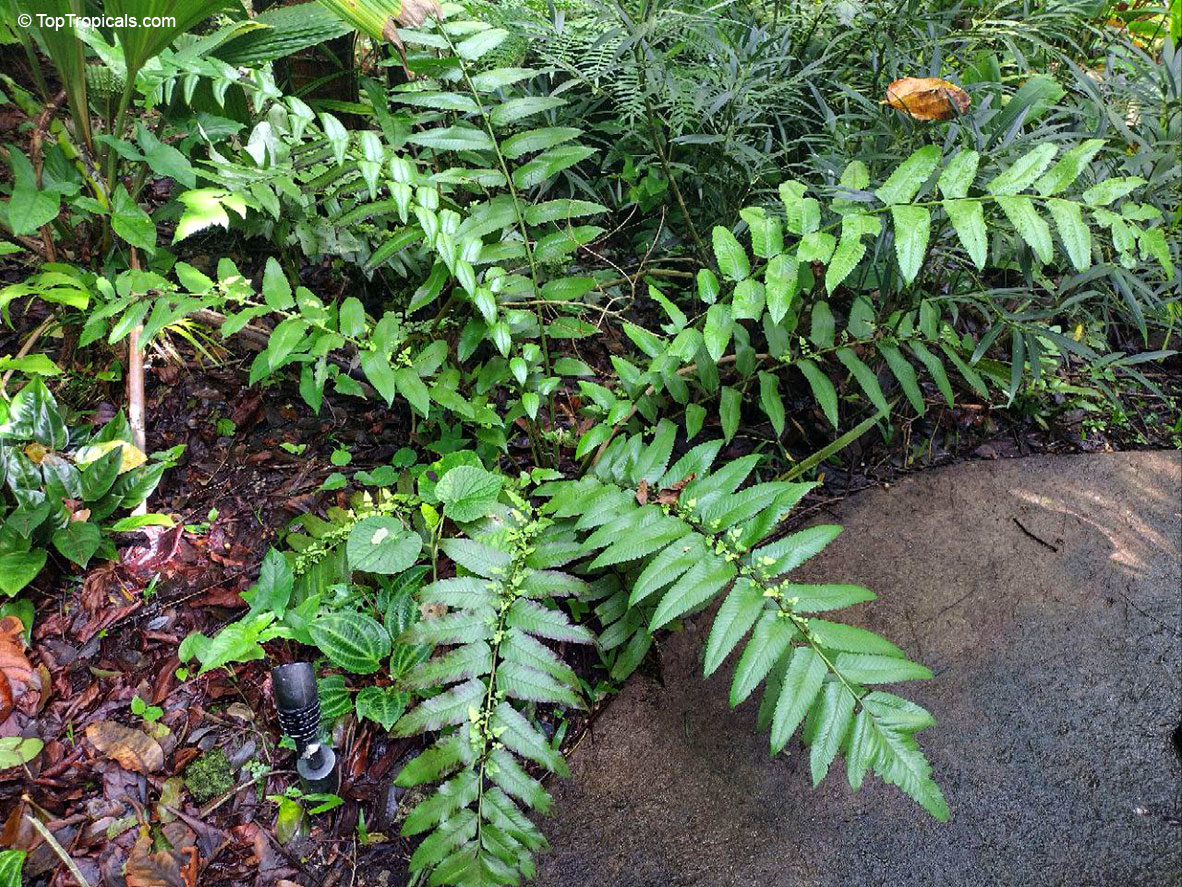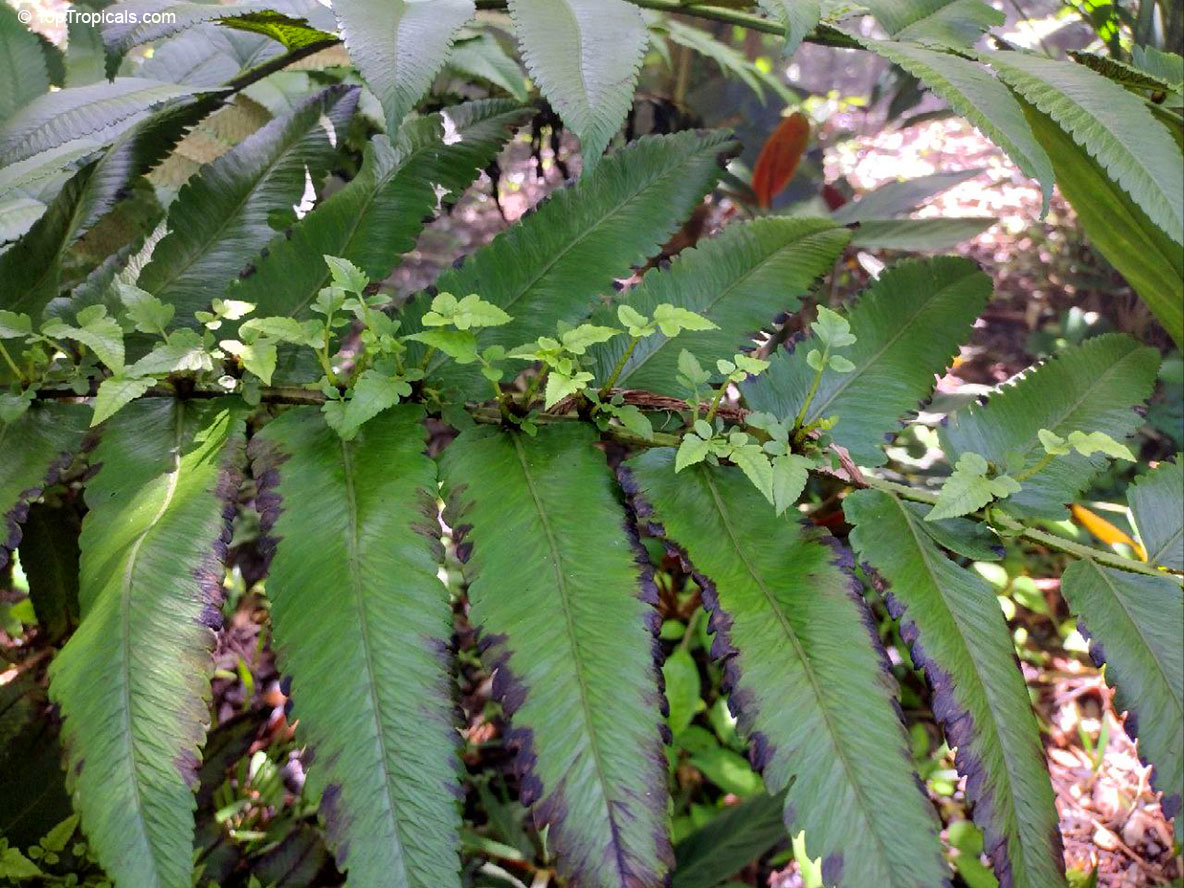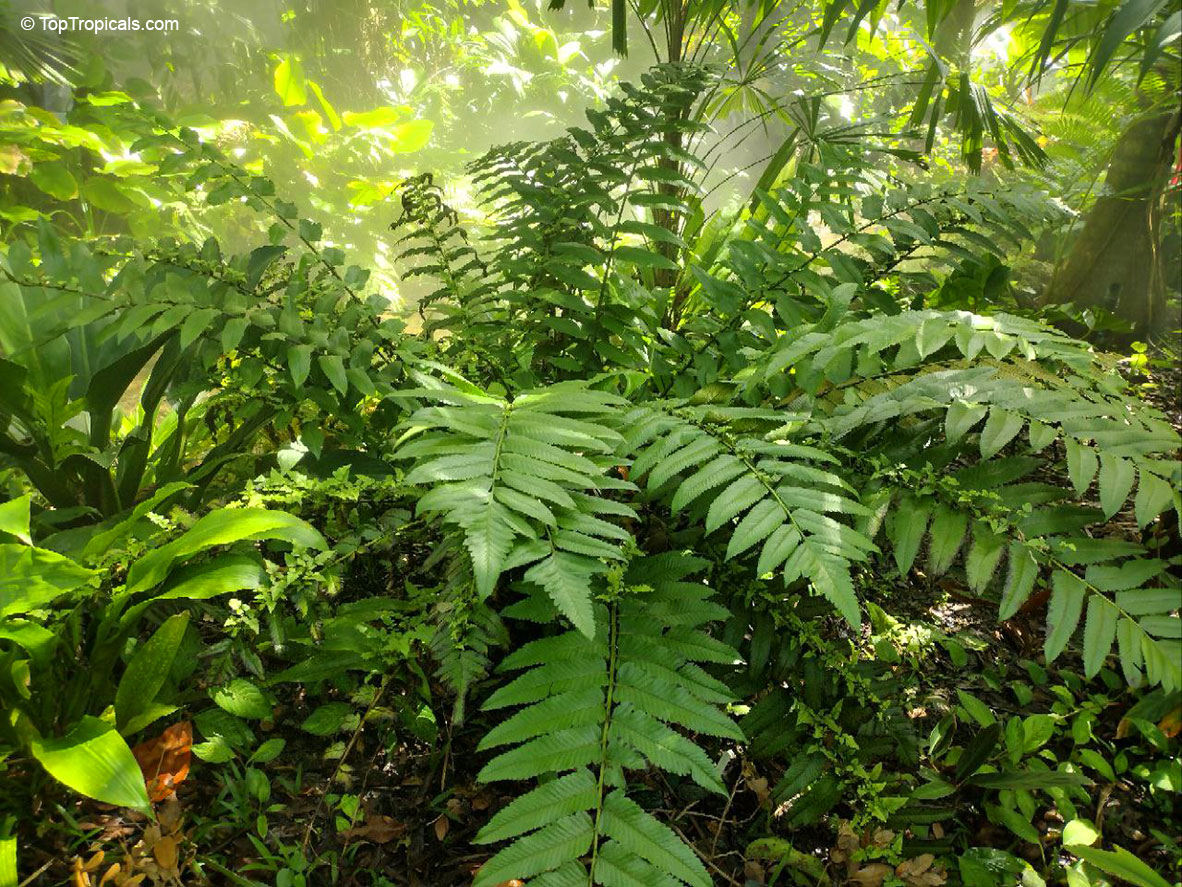Aspleniaceae - Botanical Family
Top Tropicals Plant Encyclopedia
| Number of plants found: 10 |
Botanical name: Asplenium achilleifolium
Common name: Asplenium
Family: Aspleniaceae
Origin: Africa, Madagascar






Asplenium achilleifolium, also known as Asplenium, is a plant native to regions of Africa and Madagascar. It has a low-growing habit and typically reaches a height of around two feet. However, some plants can grow as high as five feet.
Asplenium plants are a great choice for a ground cover when planted in USDA Zone 9-11. They prefer to grow in areas of semi-shade and shade, as they do not do well in direct sunlight. This is a type of epiphyte, which means it likes to grow on trees and in warm, wet environments.
When it comes to watering, Asplenium needs regular waterings. It is very important to keep the soil consistently moist, but do not overwater. If the soil is soggy, then the root system may become waterlogged and the plant may start to rot.
In colder regions, Asplenium plants so can be grown in pots and containers. When growing in pots, make sure the pot has drainage holes in the bottom. The soil should be a light, well-draining potting mix, and ensure that the plant receives enough light. During the winter months, it's important to bring the containers indoors when temperatures drop below zero.
When it comes to planting and caring for Asplenium, it is important to use a well-drained soil. It's also important to provide the plants with regular waterings. Use an organic fertilizer every few weeks to promote healthy growth and development. If the area gets a lot of rain, ensure the plants are protected from the water, as too much can lead to root rot.
Botanical name: Asplenium bulbiferum
Common name: Mother Spleenwort
Family: Aspleniaceae
Origin: Australia




The related species Asplenium viviparum has a similar mode of reproduction.
Botanical name: Asplenium dimorphum
Common names: Lace Fern, Norfolk Island Spleenwort
Family: Aspleniaceae
Origin: Norfolk Island




Botanical name: Asplenium flaccidum
Common names: Drooping Spleenwort, Weeping Spleenwort
Family: Aspleniaceae
Origin: Australia





Botanical names: Asplenium nidus, Asplenium nidus-avis
Common name: Bird's Nest Fern
Family: Aspleniaceae
Origin: Tropical Asia, Polynesia






Can be kept outside or in a deeply shaded patio. In the wild, the Bird Nest Fern is an epiphyte, growing on the trunk of trees. Beware of slugs. Requires consistently moist soil.
Botanical name: Asplenium trichomanes
Common name: Maidenhair Spleenwort
Family: Aspleniaceae



Asplenium trichomanes is a compact evergreen fern forming a rosette of blackish-stemmed, pinnate fronds with small, rounded or oblong segments; well-suited to planting in a dry wall. It is widespread in temperate and subarctic areas and also occurs in mountainous regions in the tropics. Its range includes most of Europe and much of Asia south to Turkey, Iran and the Himalayas with a population in Yemen. It occurs in northern, southern and parts of eastern Africa and also in eastern Indonesia, south-east Australia, Tasmania, New Zealand and Hawaii. It is found in North America and Central America and Cuba, and the northern and western regions of South America such as Chile.
It grows in rocky habitats such as cliffs, scree slopes, walls and mine waste, the type of rock used as a substrate depending on the subspecies.
Botanical names: Asplenium viviparum, Asplenium daucifolium
Common name: Mother Fern
Family: Aspleniaceae
Origin: Islands of the Pacific





Leaves dissected and appear like the foliage of a carrot; small aerial plantlets form on the midribs of the mother plant's foliage.
Botanical names: Diplazium proliferum, Asplenium proliferum
Common name: Peacock Fern
Family: Aspleniaceae
Origin: tropical Africa, Madagascar.




Diplazium proliferum is a lush, green fern that thrives in the moist, shaded understory of forests. The plant is harvested from the wild for local use as a food. It is widely grown as an ornamental, valued at least partly for its habit of producing bulbils along its fronds which then develop into new young plants.
Recommended Fertilizer: SUNSHINE Robusta - Rapid Growth Booster
Use link to repeat this search:
https://toptropicals.com/cgi-bin/garden_catalog/cat.cgi?search_op=and&keyword_op=and&language=e&family=Aspleniaceae
&number=10&no_change_lang=1&user=tt&sale=1&first=0
